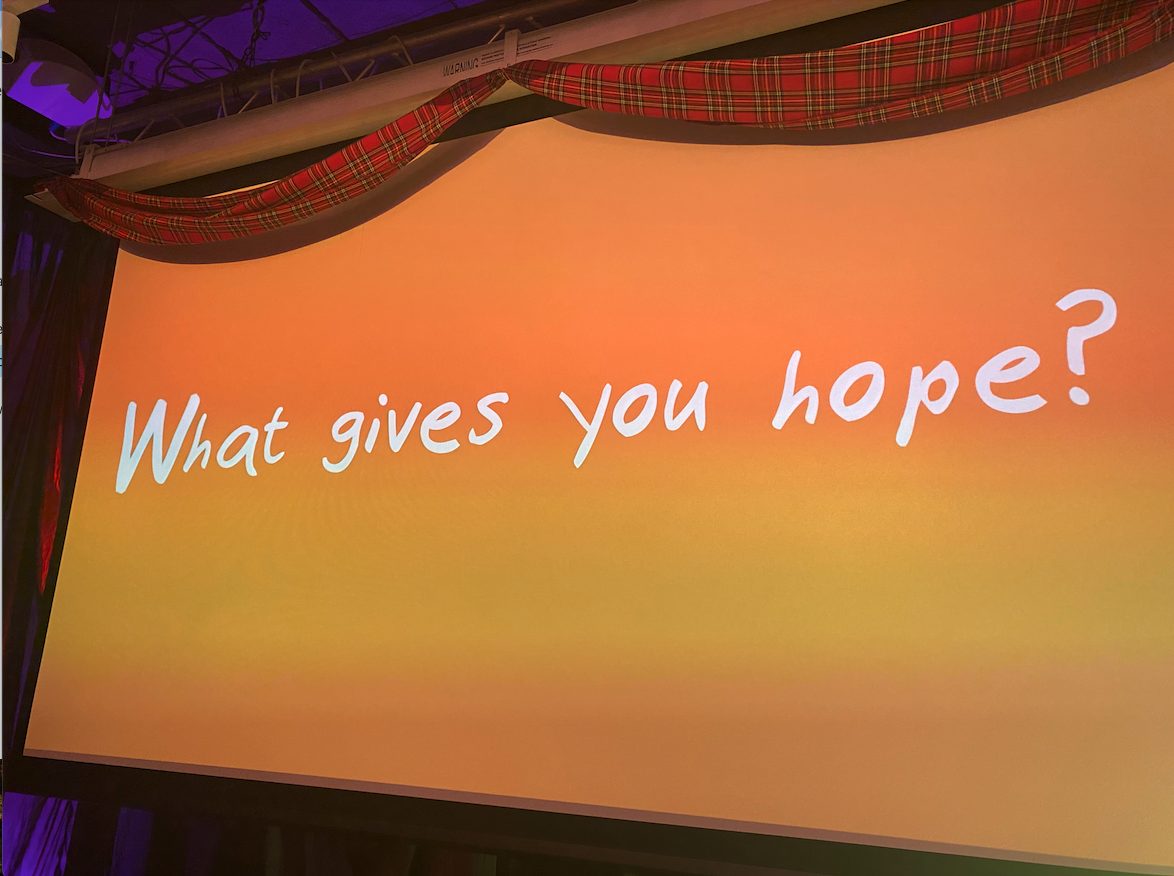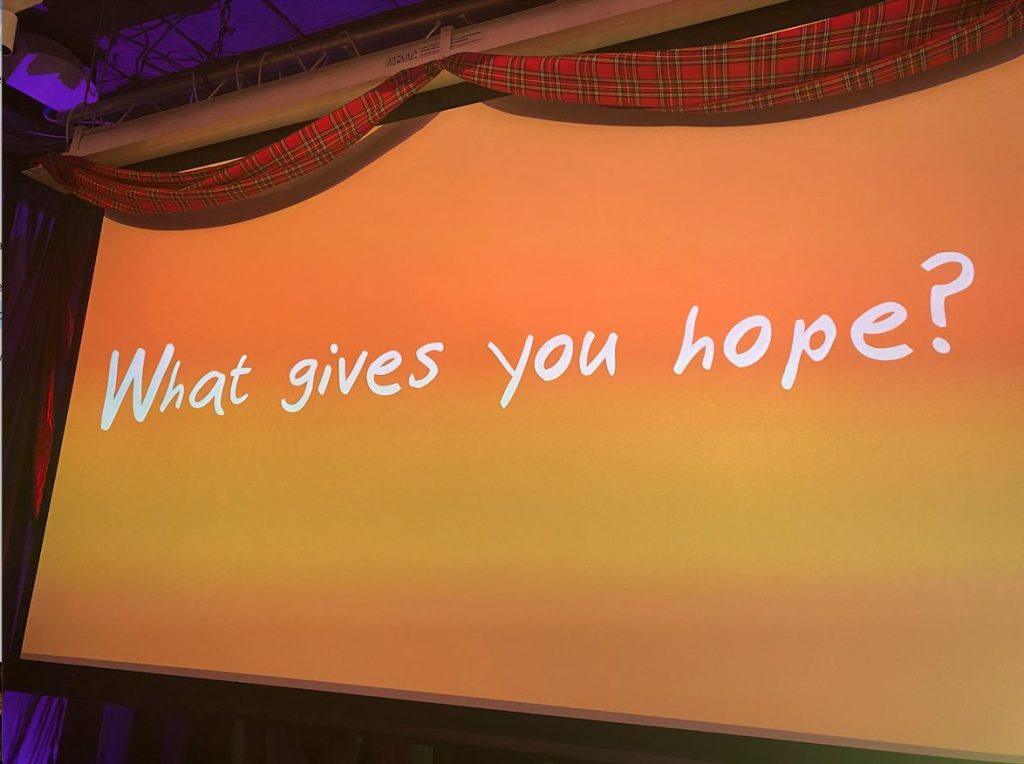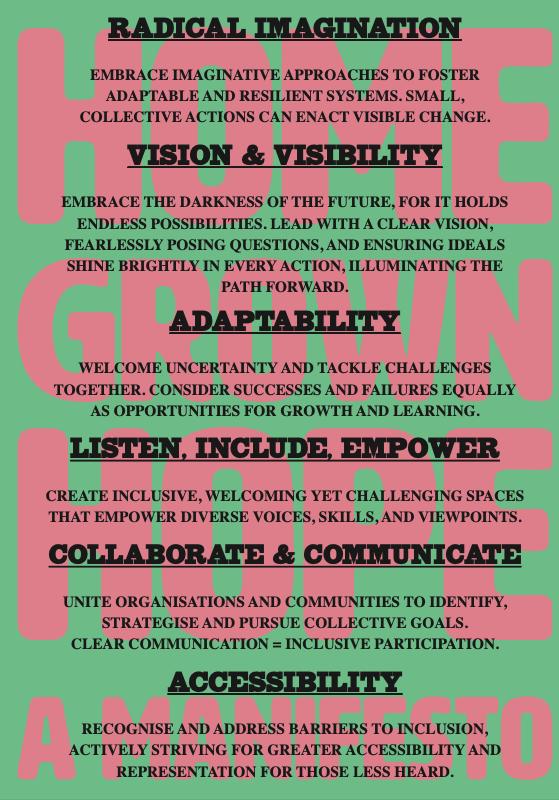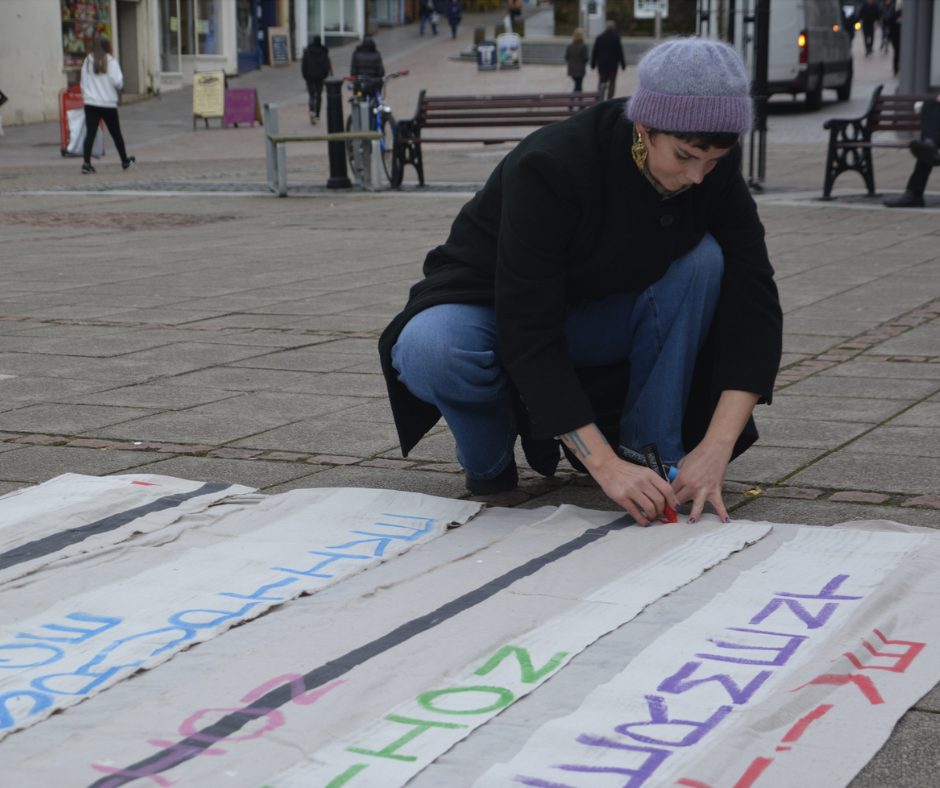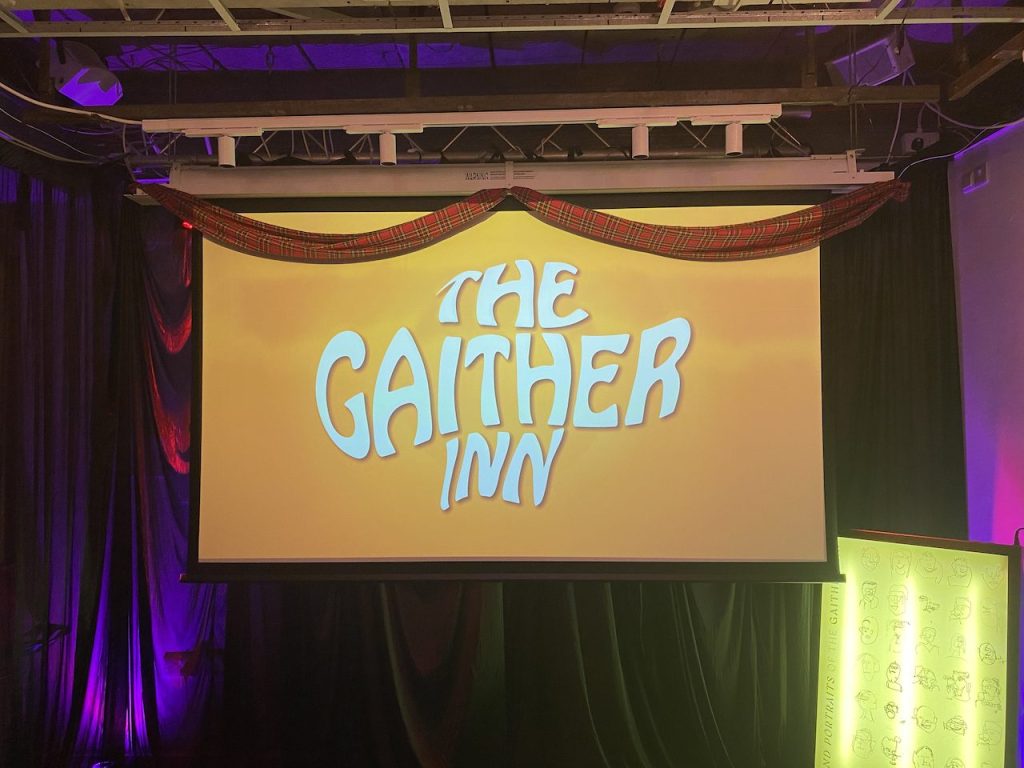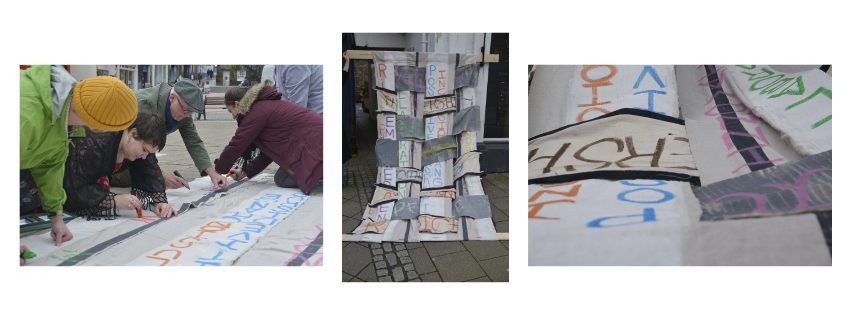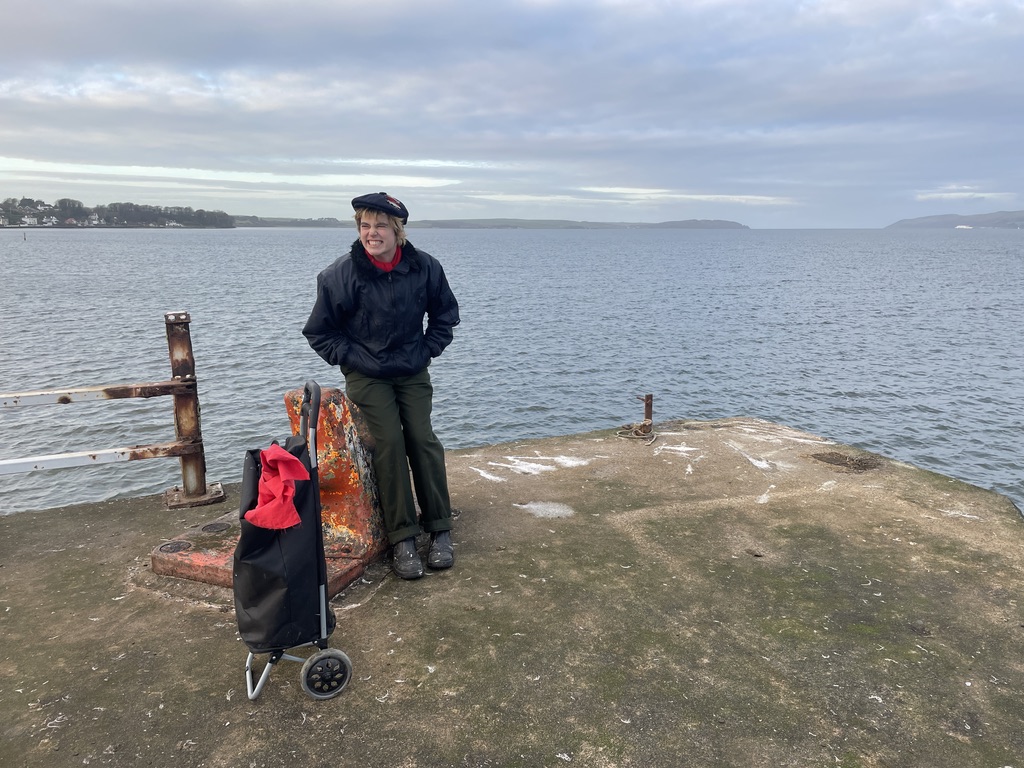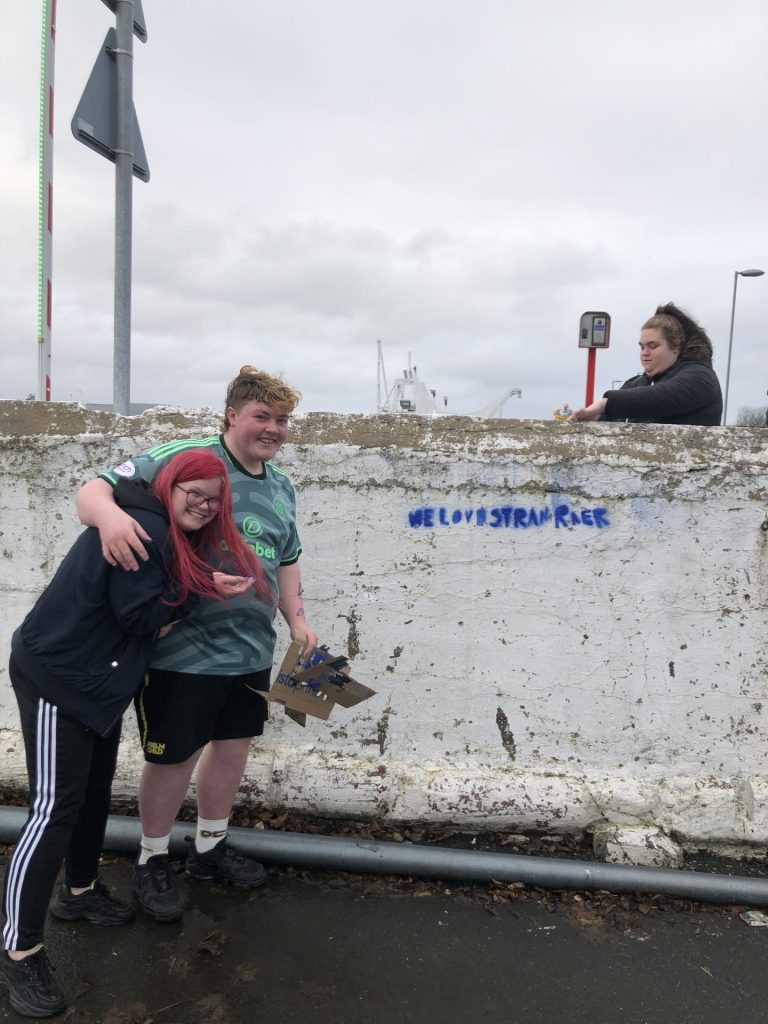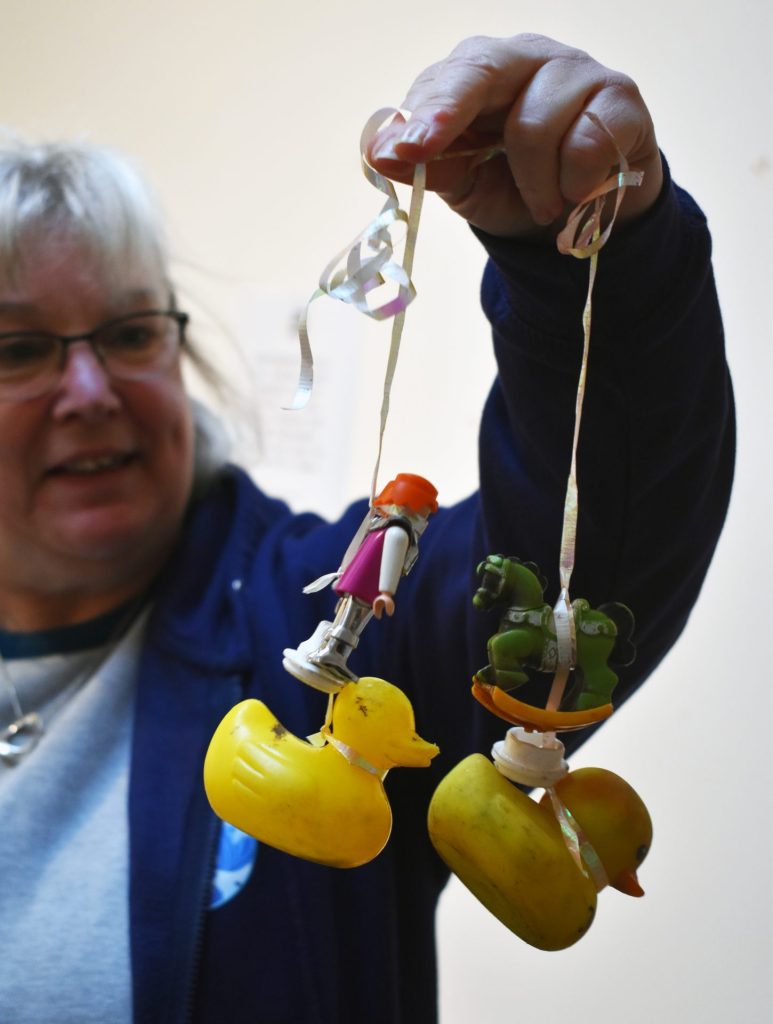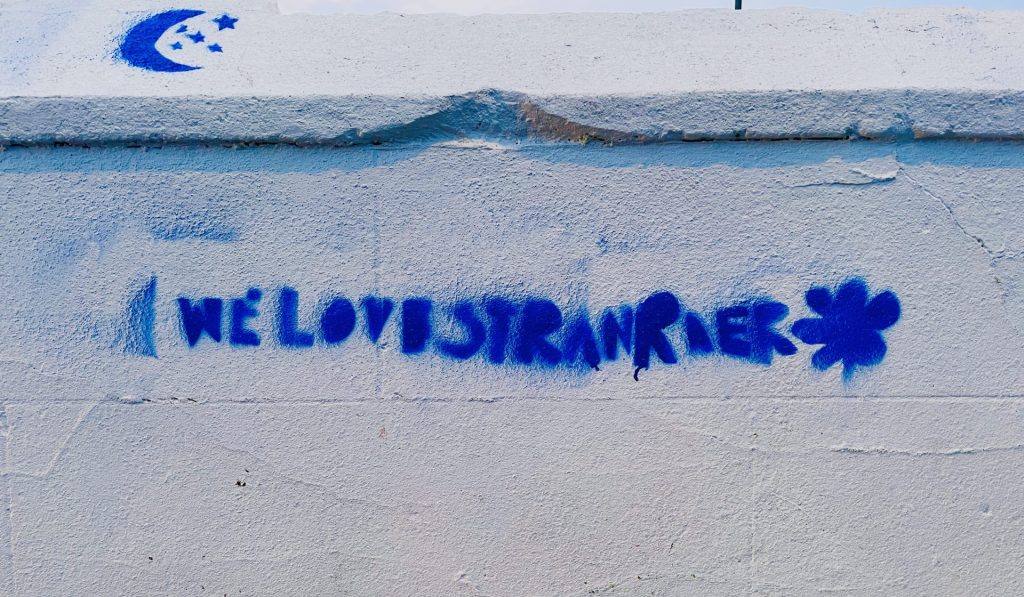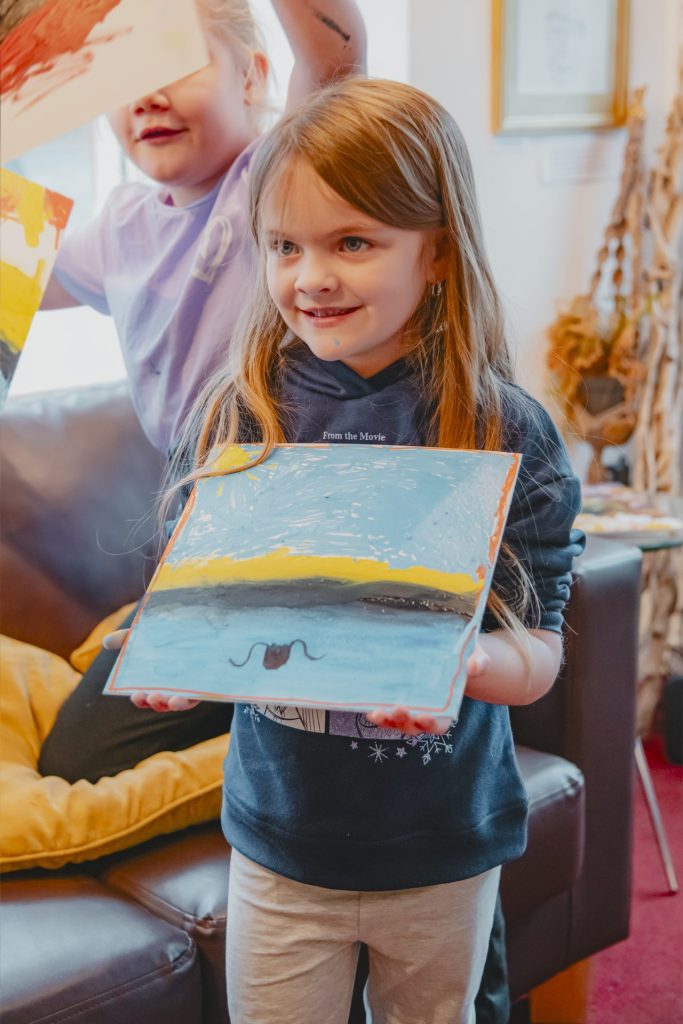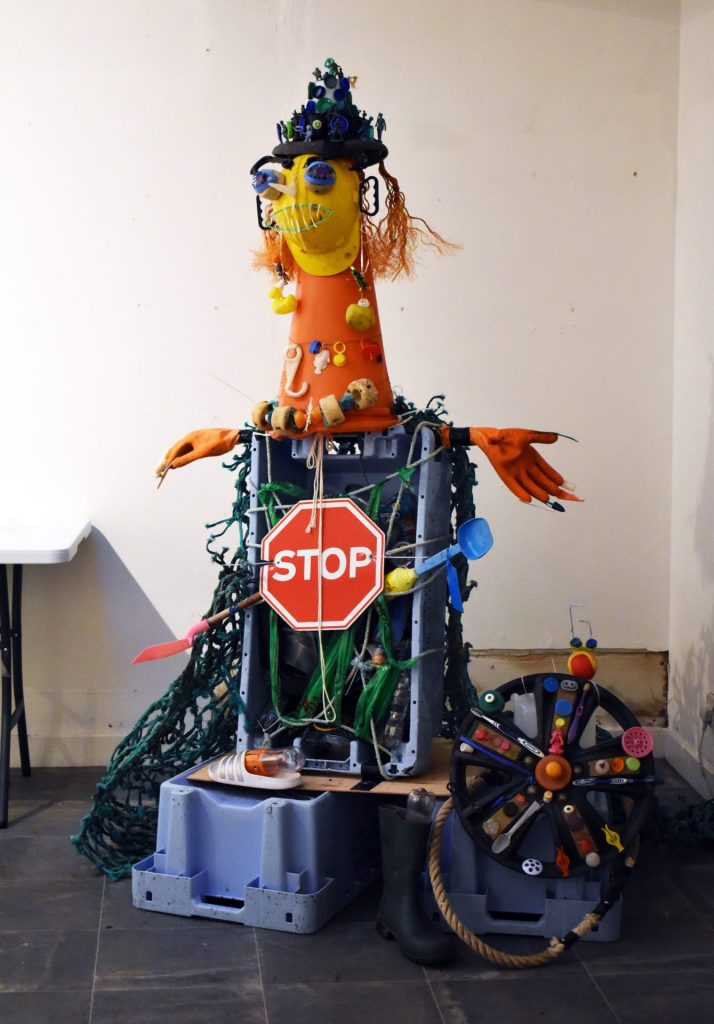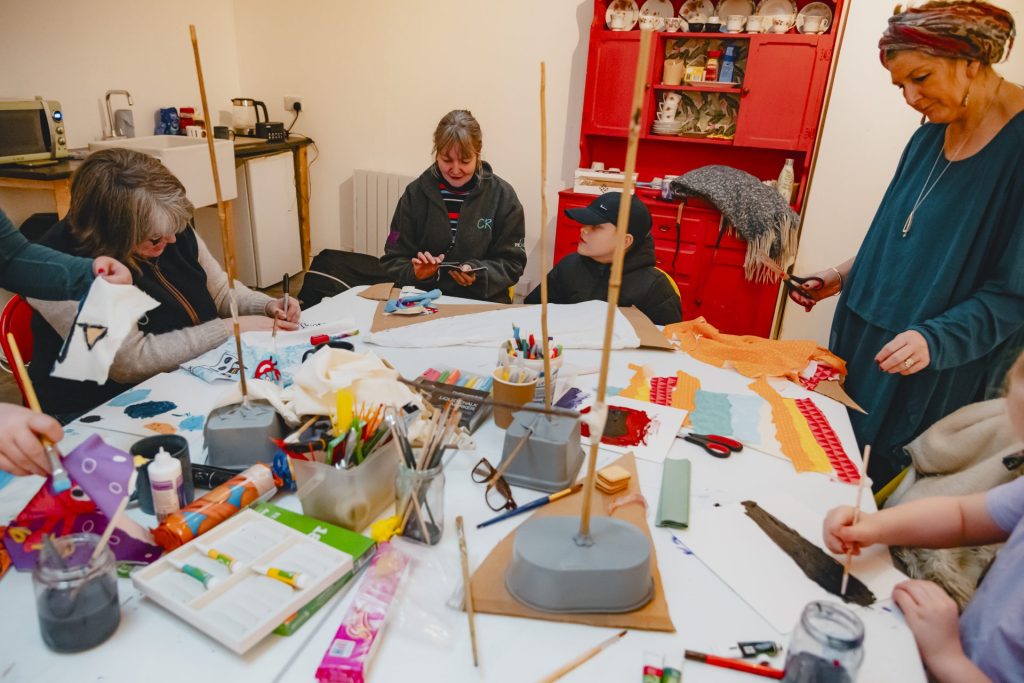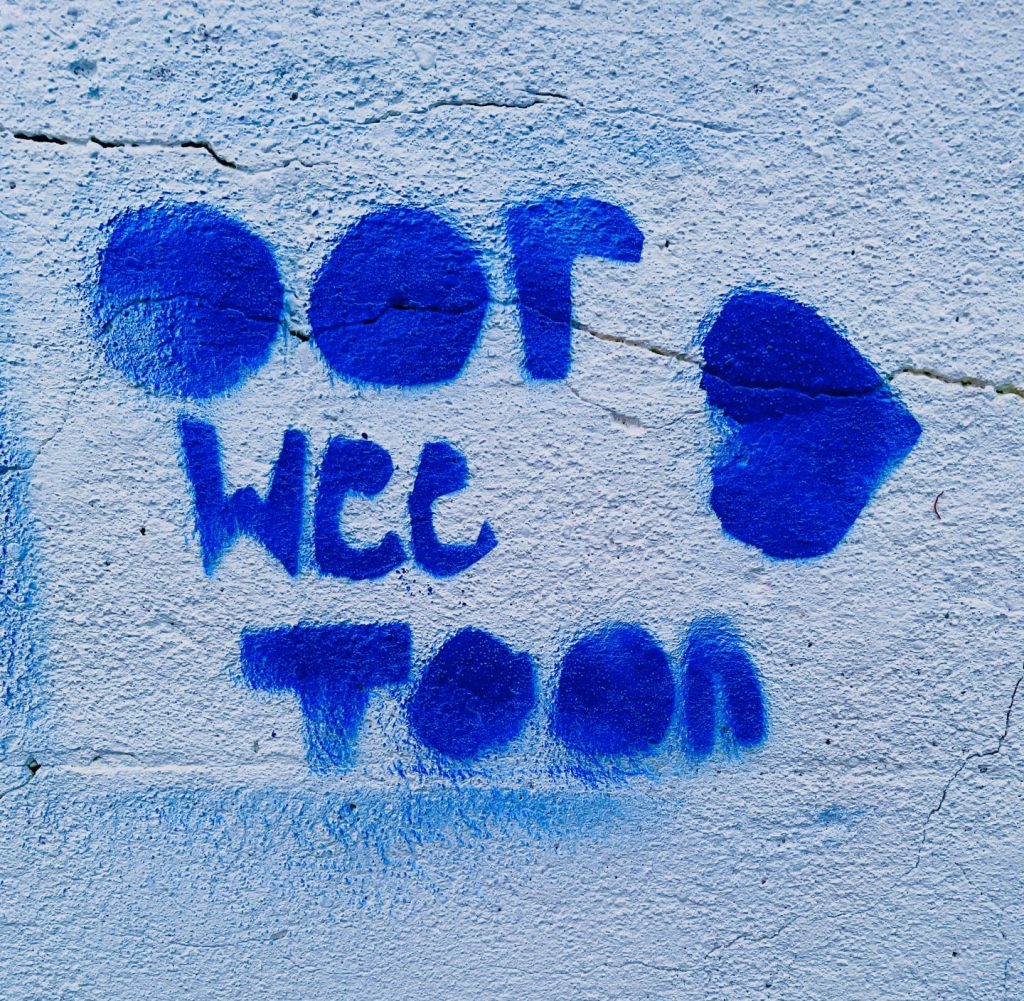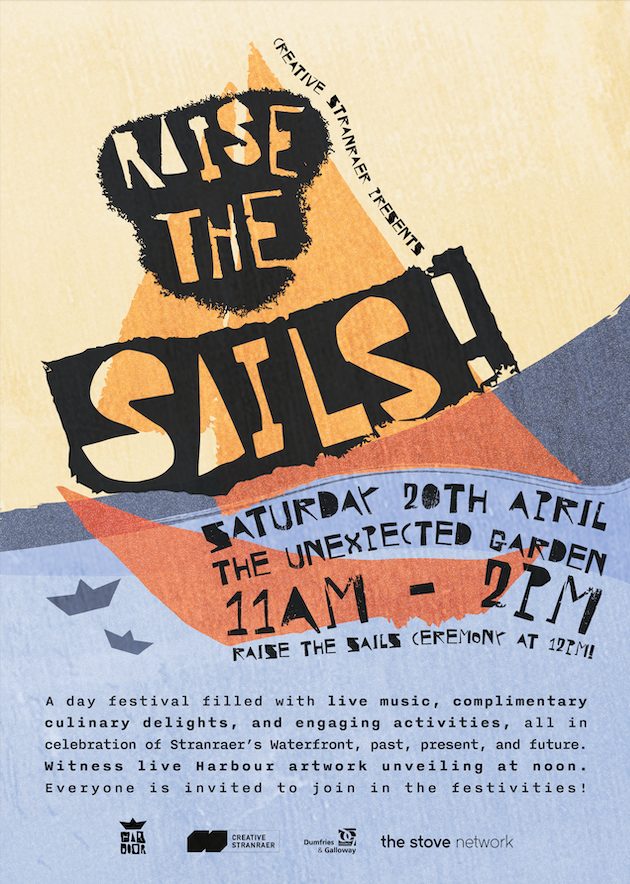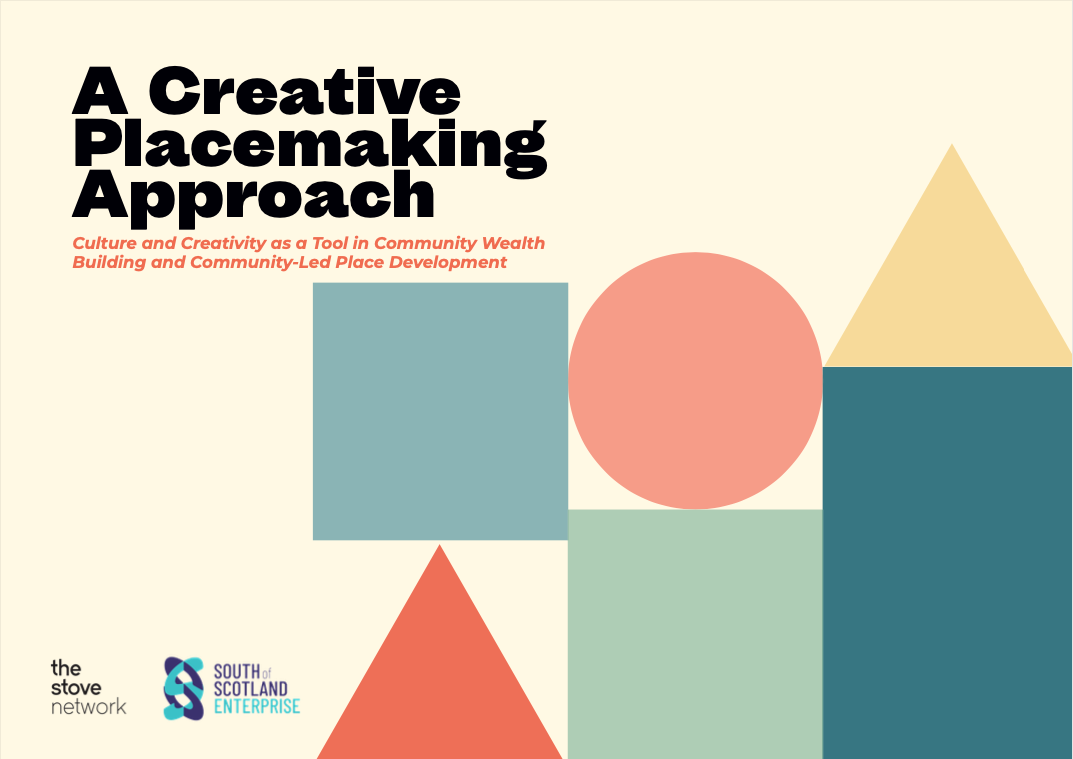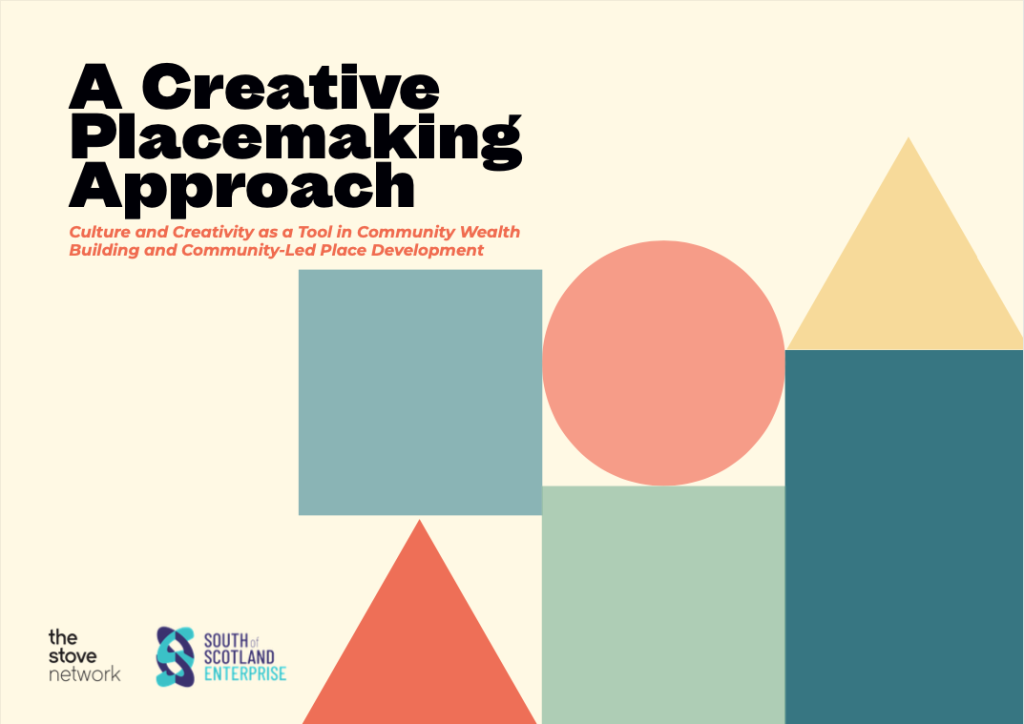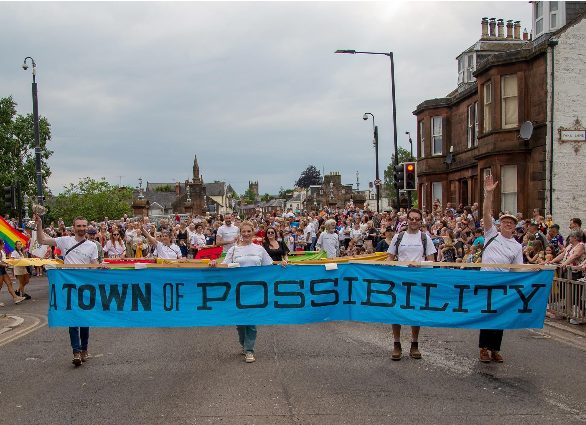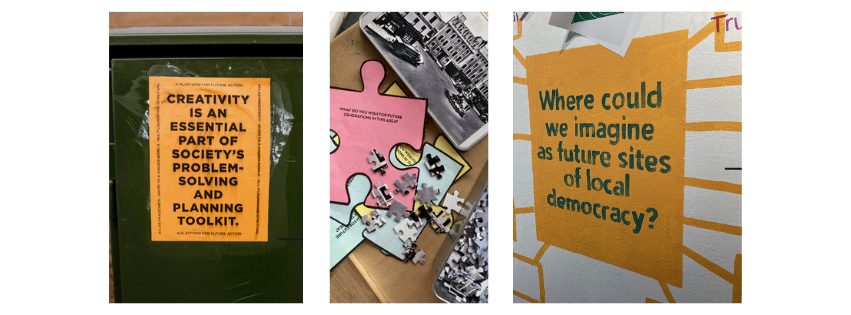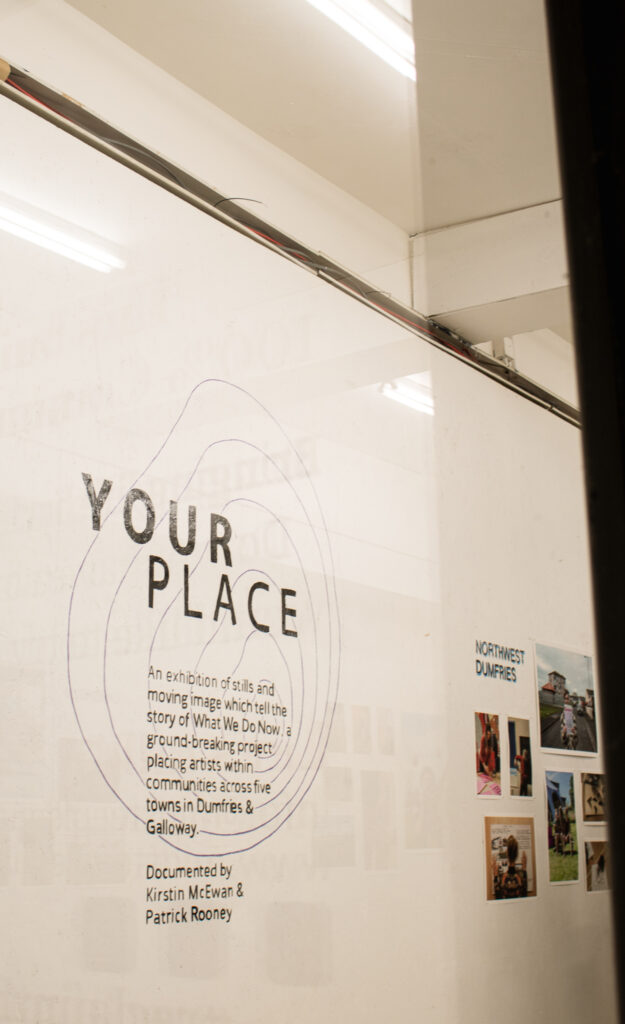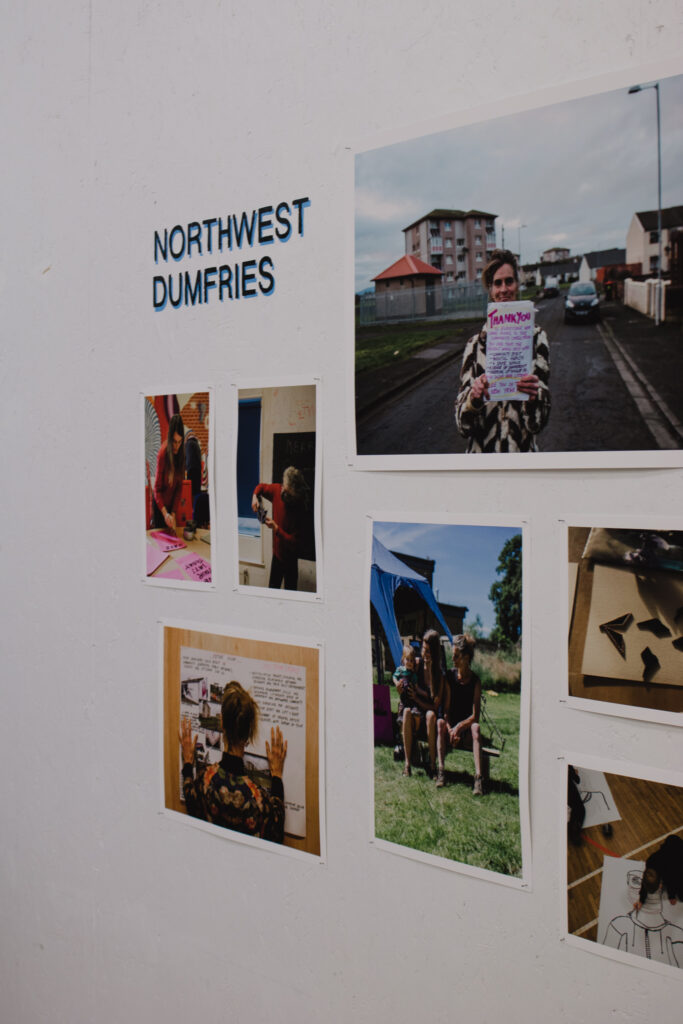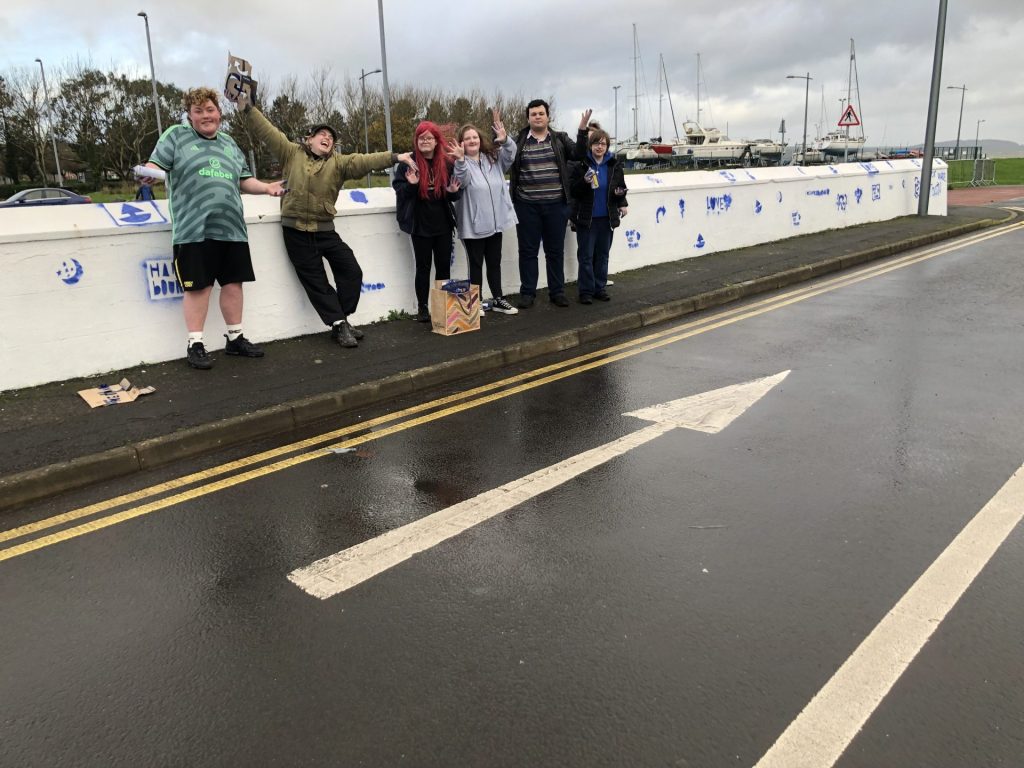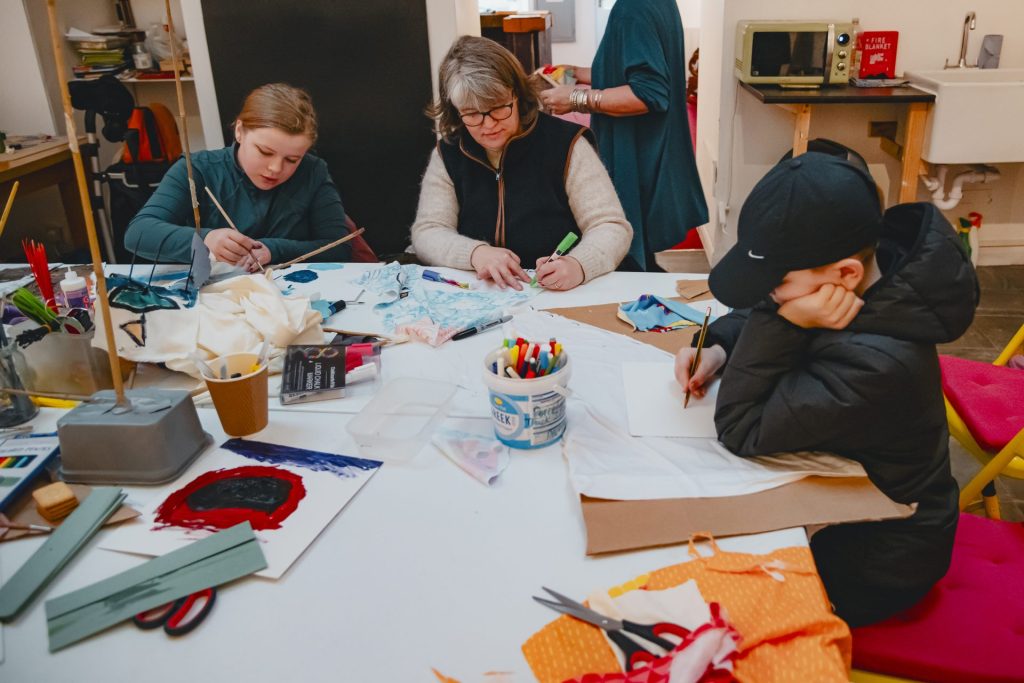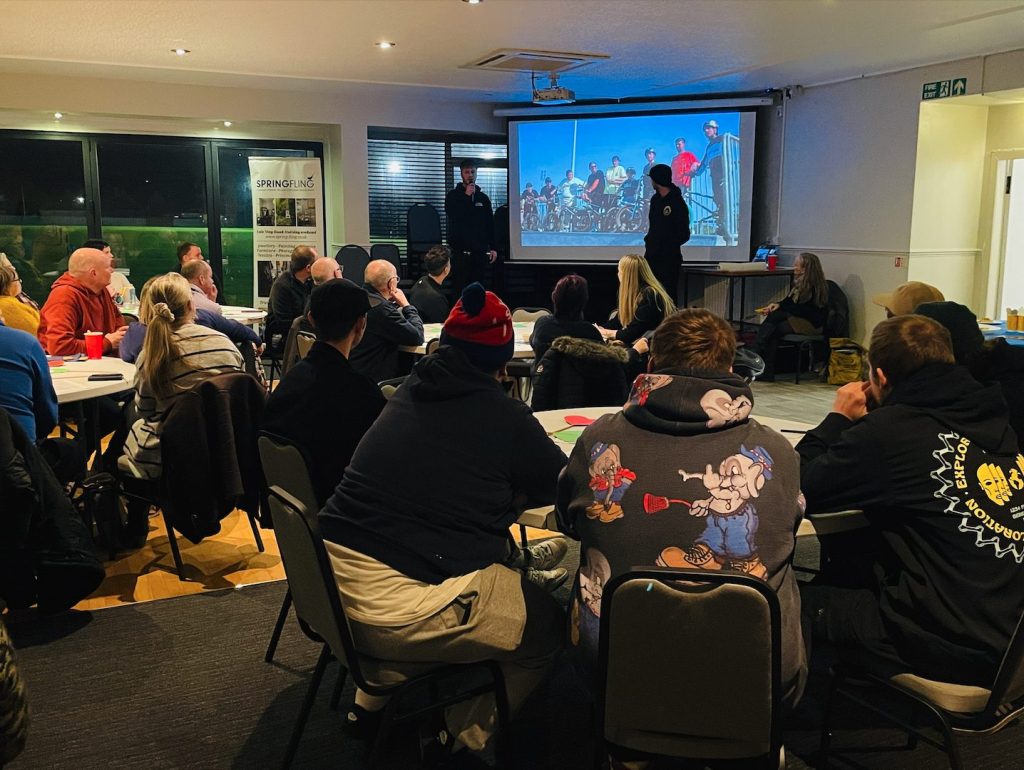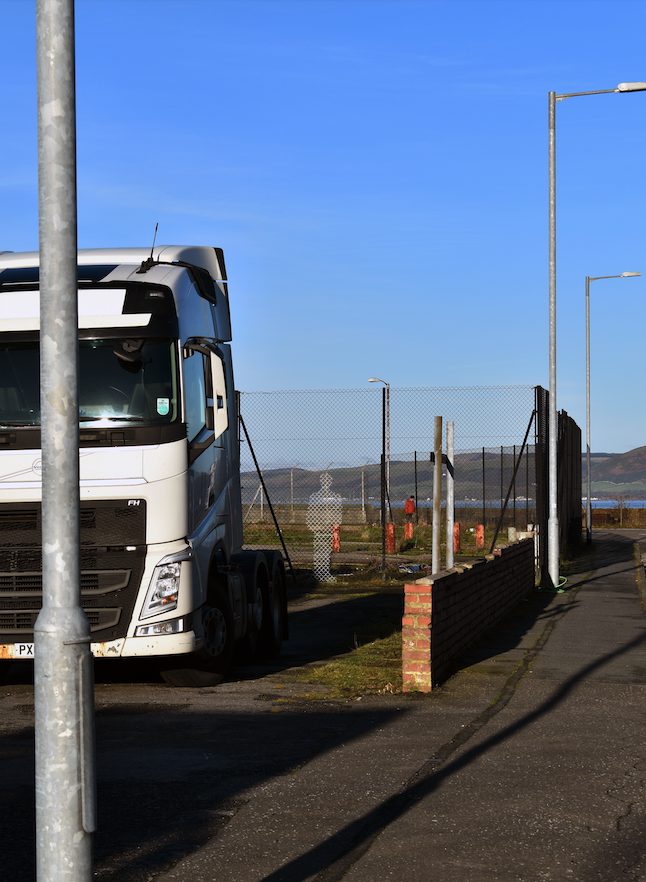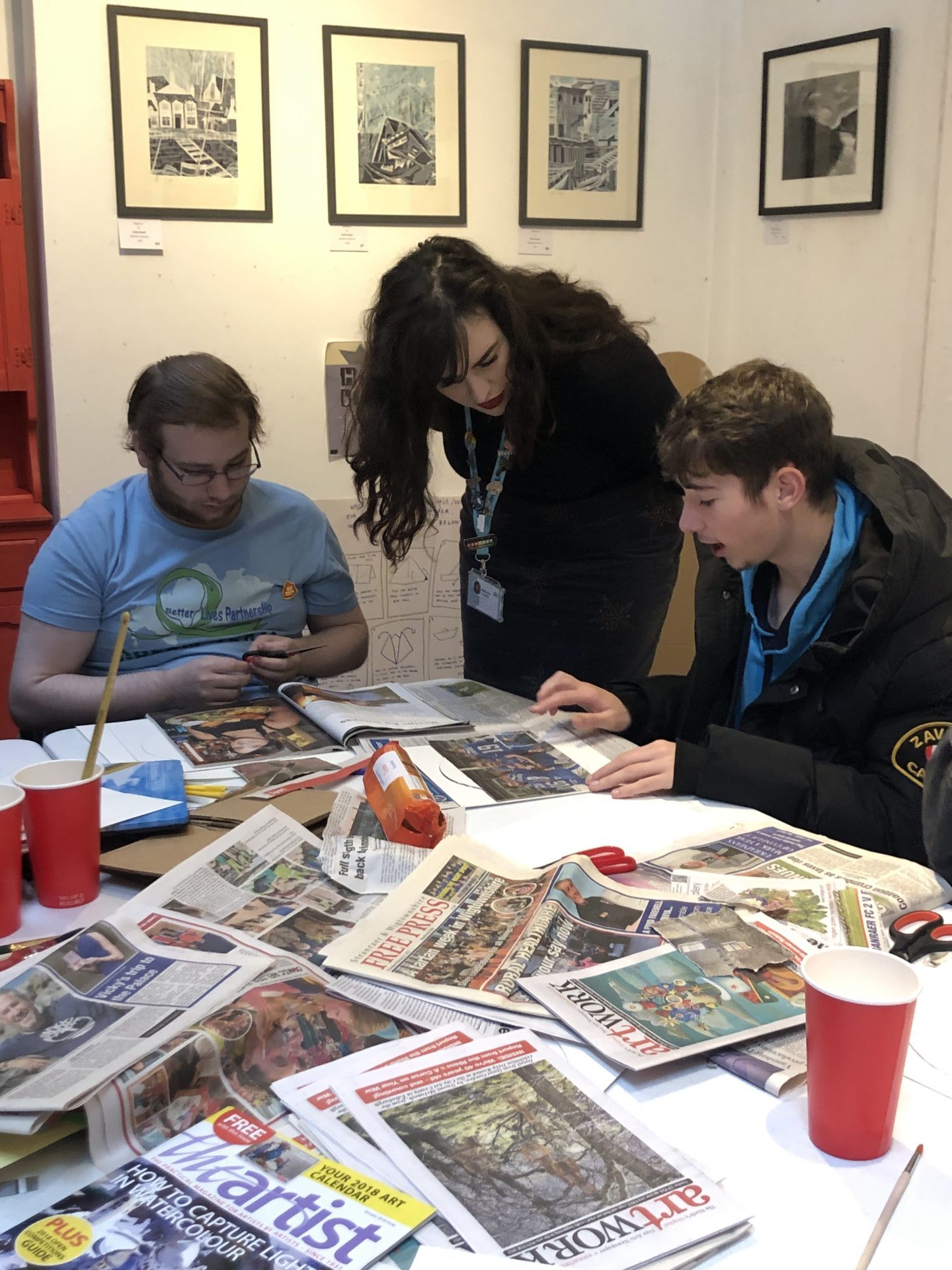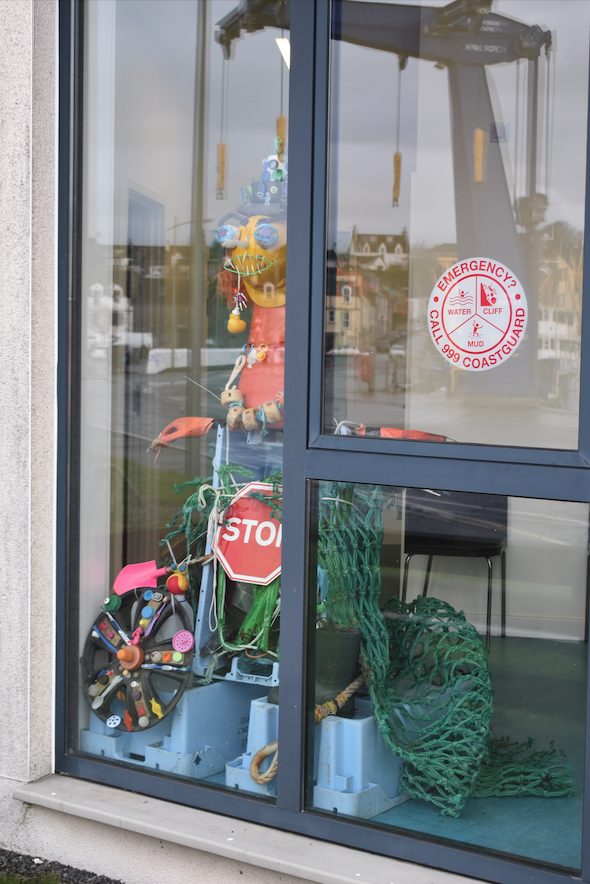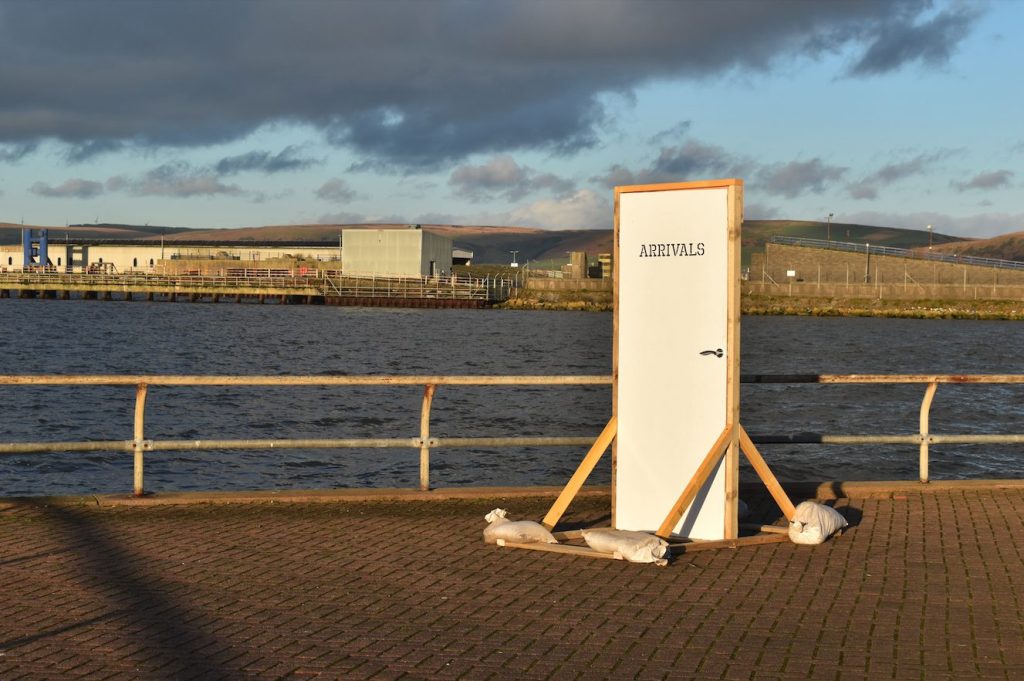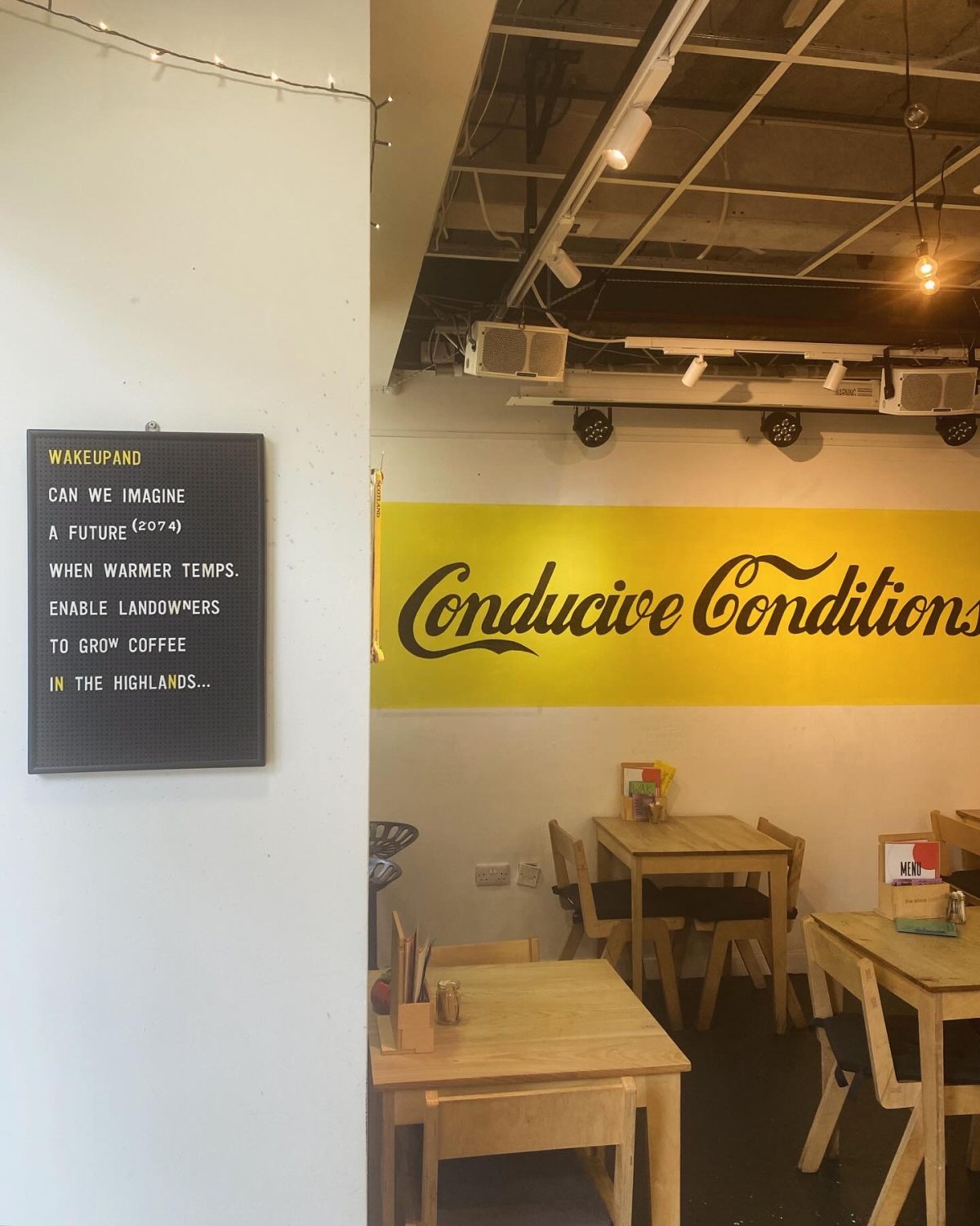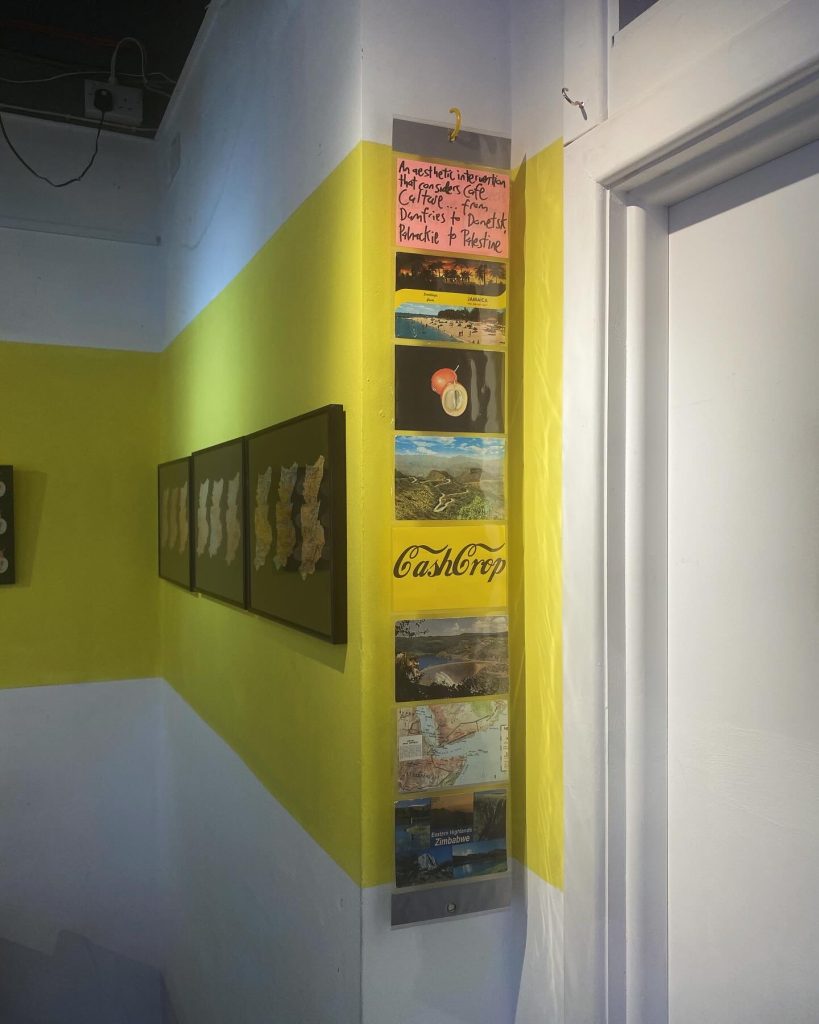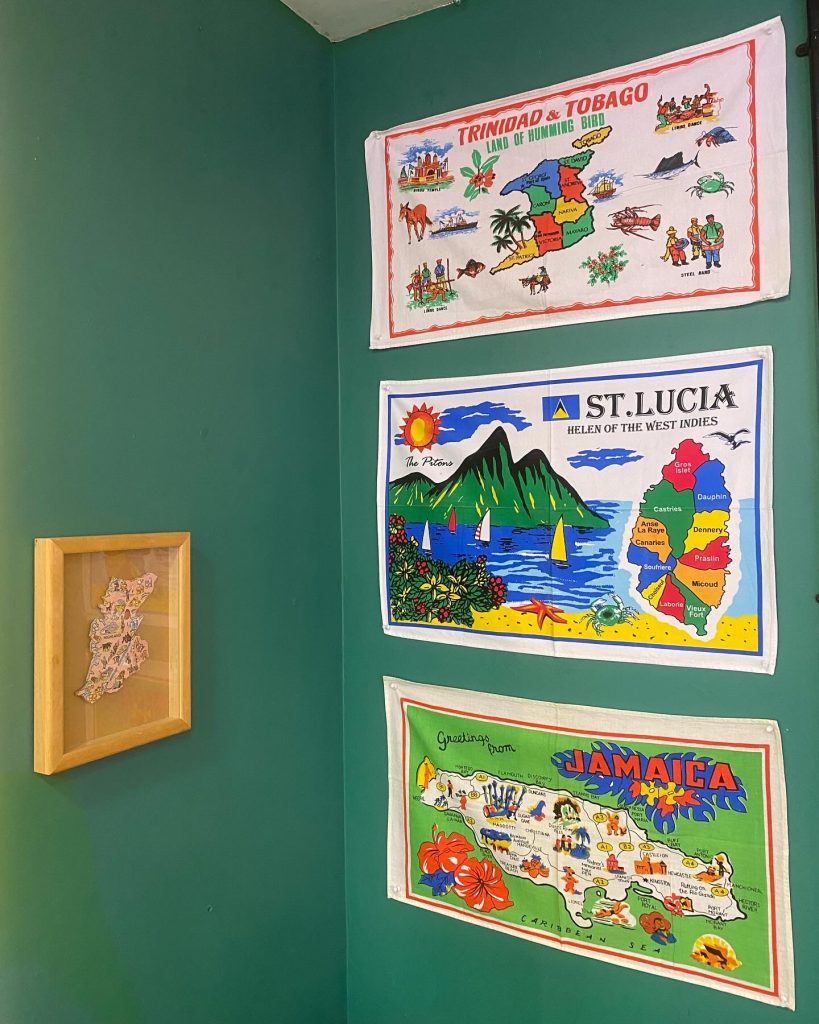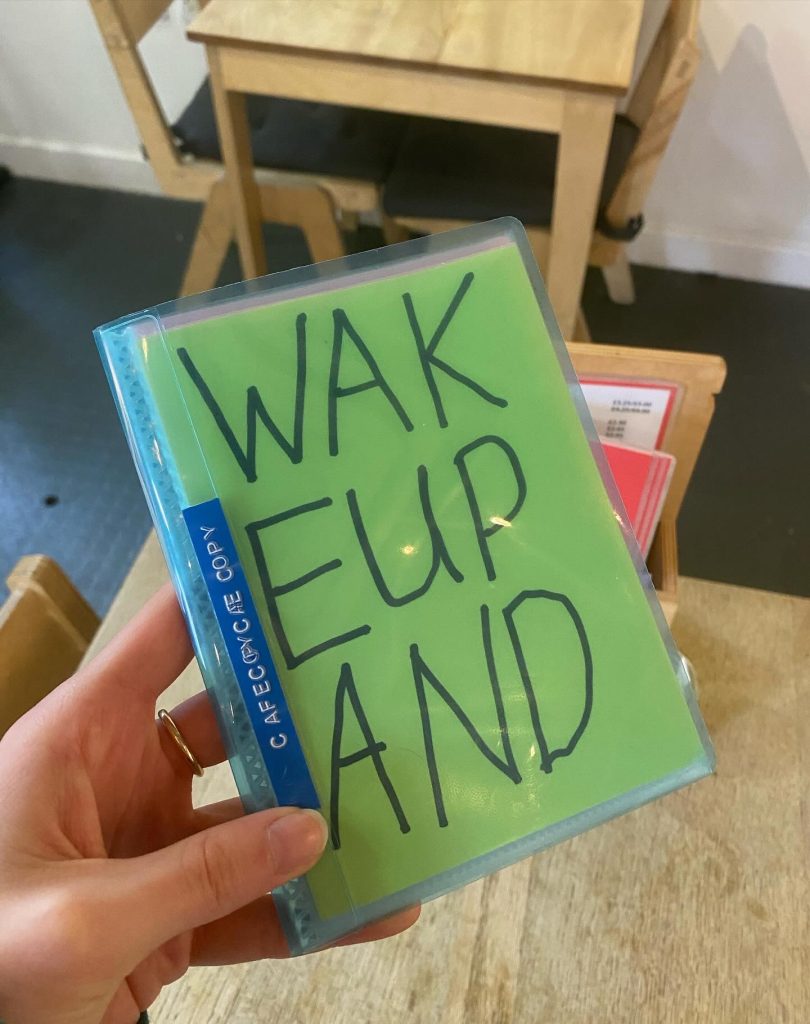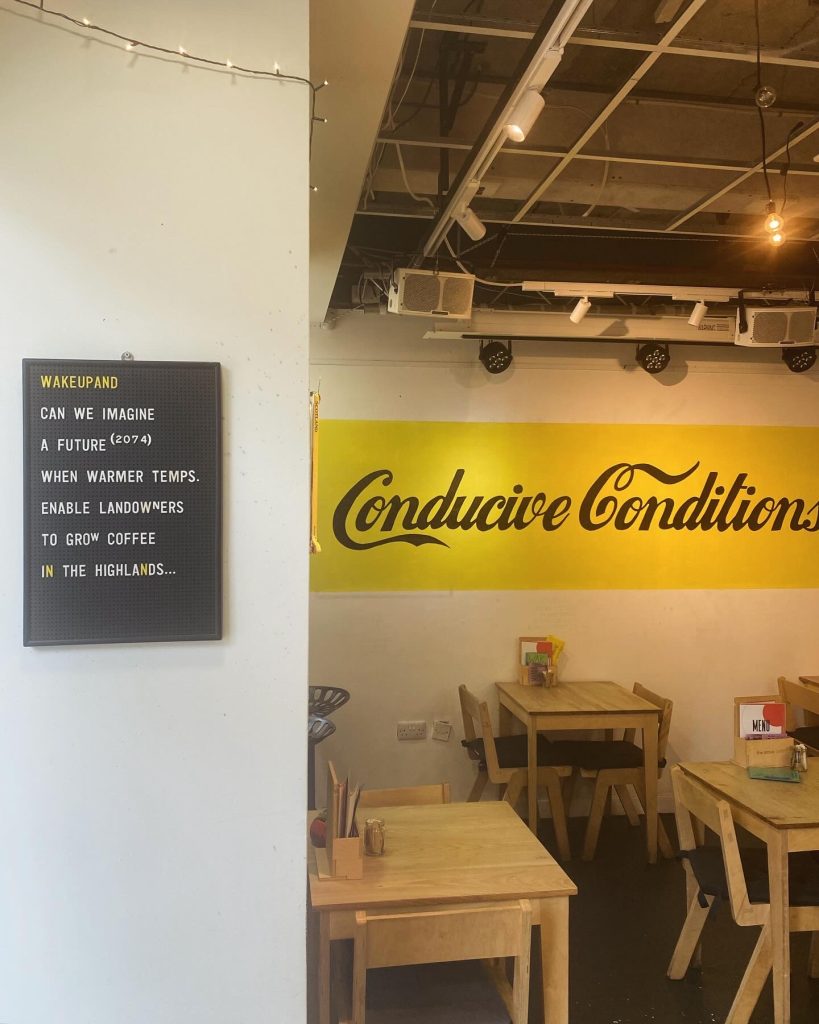Artistic Director, Martin O’Neill has spent almost a decade creating, developing, collaborating on and championing some of the brightest creative ideas to come out of our town through his work with The Stove. All of which have been co-created with for and by our local people. However, at a time where so much uncertainty looms over all of us, not just in the creative sector, we challenged Martin to reflect on the last year, and asked him; “What gives you hope?“
Homemade Hope
By Martin O’Neill – Artistic Director
The last few years… they haven’t exactly been a fairground, have they?
Each New Year, the promise of better unfurls like a golden ticket. Although initially adorned with fine intents, clear plans, and a bright outlook… it gradually reveals itself to be more akin to Glasgow’s Willy Wonka experience – complete with gloomy Oompa Loompas, bargain bucket backdrops, and a quarter cup of lemonade. Happy New Year folks!
So it’s forgivable, when asked ‘what gives you hope?’, to re-coil and grimace given the last few years.
Hope is not often a word we hear in the news. Its closest relative ‘resilience’ is banded around in party political slogans; spun and doctored till they’ve lost much of whatever profundity they were meant to stand for. ‘Resilience’ now appears before us akin to a Frankenstein’s monster. Its made up of all the different parts, and looks about right – but there’s no soul about it. The word has been so chewed up by billionaires and politicians it’s been rendered tasteless. But this isn’t a blog about billionaires. I’ll save that one for another day.
With that said in many ways, there’s hope for… hope.
But hope encompasses more than its definition suggests; ‘a feeling of expectation and desire for a particular thing to happen.’
Across various scientific disciplines worldwide, entire factions have dedicated to study hope. From neurology to social science and economics, the study of this hard-to-put-into-words feeling is uncovering stuff that may well determine the future of our world and us in it. Hope’s significance extends from longevity and survival to happiness and humanitarianism. It’s becoming a key factor in determining an individual’s happiness and resilience, making waves in our understanding of mental illness. Moreover, its impact on fostering progressive and healthy communities is increasingly recognised.
So I’d like to take you on a little voyage through hope as I see it – the places where it thrives and the people that nourish from it. From Stove-led projects to the quiet things we’re up to no one really hears about, and to others in D&G, working their way day-by-day to what some might call utopia ‘Dumfrutopia’?!
Homemade Mutant Hope Machines
What a title!
In February, during the Stove’s annual general meeting, we welcomed researcher, artist, and all round ruddy guid guy ‘Dr. Duckie‘ (also known as Dr. Ben Walters) to discuss his PhD research. Titled ‘Homemade Mutant Hope Machines’, Ben’s research was completed with the queer performance collective ‘Duckie‘ from Vauxhall, London.
Duckie is a pioneering LGBTQ club collective born in Vauxhall, London 25 years ago. Known for its eclectic mix of music, artful stage performances, and inclusive atmosphere, Duckie has evolved from late-night revelry to a respected arts organisation. Their portfolio includes award-winning shows like ‘C’est Duckie!’, immersive experiences like Lullaby and The Class Club, and a vibrant LGBTQ history program. Beyond their core community, Duckie extends its reach with socially engaged projects targeting diverse audiences, supported by Arts Council and National Lottery funding. With a dedicated team and a host of collaborators, Duckie hosts over 130 events and workshops annually, always aiming to blend fun with creativity.
‘From 2014-2018, Ben did a PhD about Duckie’s work and coined the concept Homemade Mutant Hope Machines – a way of describing how people without much clout can start to build better worlds on their own terms.’
“Homegrown Mutant Hope Machines” broadly describes emergent, autonomous, and adaptive forms and processes that consistently cultivate hope for a better world, especially for marginalised populations. This title encompasses community groups, art projects, and organisations dedicated to enabling and empowering people. This is successfully done trough a values-driven approach centred on possibility, hope, and utopia.
In my own little world, hope took hold as the characteristic of not only our past, present and future projects here at the Stove, both now and then and yet to come, but that of nearly countless other groups and people across D&G.
A Manifesto of Homegrown Hope
In January, we launched the inaugural Gaither Inn event. It marked the beginning of a ongoing, dynamic series of gatherings designed to kick-start new ideas and possibilities for our town. The Gaither Inn also featured a mair than plentiful spread of haggis, neeps and tatties in honour of the Bard. With each course of food, a question accompanied, dividing the evening into three chapters. These were:
- What gives you hope?
- What are the ingredients of a space to nurture hope?
- How do we achieve this together?
Invited to speak with their neighbours, everyone discussed these questions and worked towards creating a ‘Manifesto of Homegrown Hope’. Notes upon notes of handwriting from our ‘punters in residence’, (that would rival that of a chain-smoking Doctor in the 1970’s), combined with a sprinkling of poetic license, resulted in the following manifesto…
The Manifesto of Homegrown Hope
Of all the captivating headlines here, one stood out to me the most, ‘Vision & Visibility’.
History reminds us that significant change seldom occurs in obscurity. It is not typically driven by the majority or the zeitgeist of the masses, but rather by the vision of a determined few. So the notion of ‘embracing darkness’ to light the way forward is precisely where creativity, coupled with community, ought to exist. This is where the adaptive and autonomous nature of hope machines thrives: not in prescribing bold and concrete answers for the future, but in posing questions and consistently caring in their efforts toward an as-yet unwritten future.
Questions open the door to the future and are more powerful than answers in that they demand engagement. Engagement in the right questions is what creates accountability. How we frame the questions is decisive. They need to be ambiguous, personal, and stressful.
Peter Block
With that in mind, let me introduce you to a selection of Homemade Mutant Hope Machines. Some we’ve directly supported, others we’ve stood beside as allies, and a few have even sparked our own inspiration.
While there are countless inspiring projects happening across D&G, I’ll focus on those we’ve recently engaged with. Here is a glimpse into the ongoing work and the individuals driving us onward.
The Art Cabin: LIFT
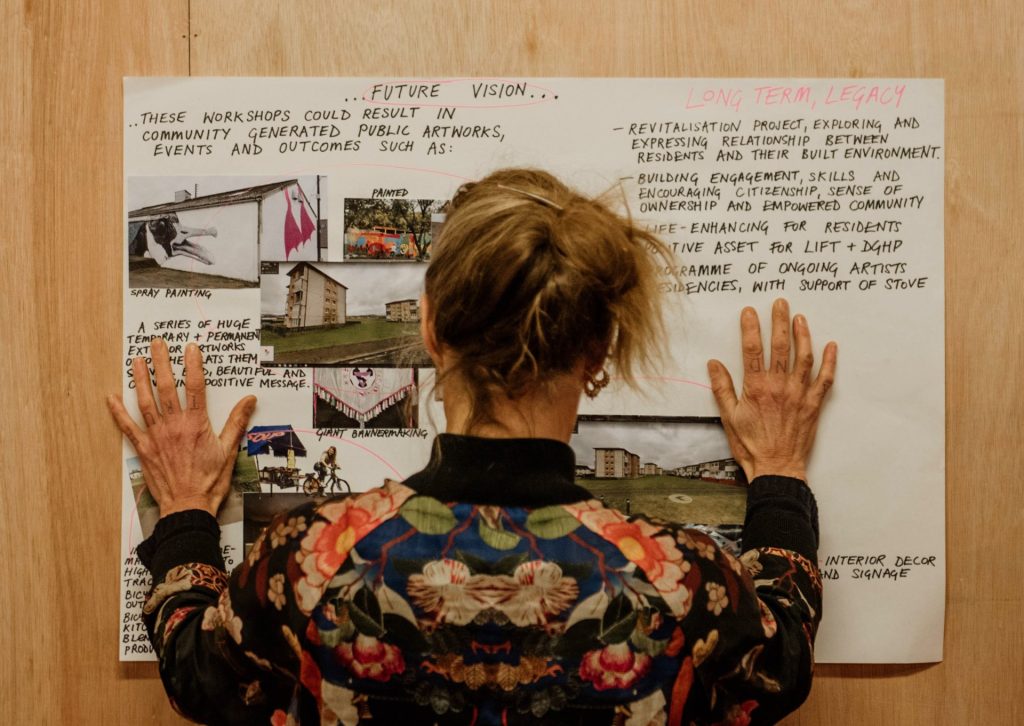
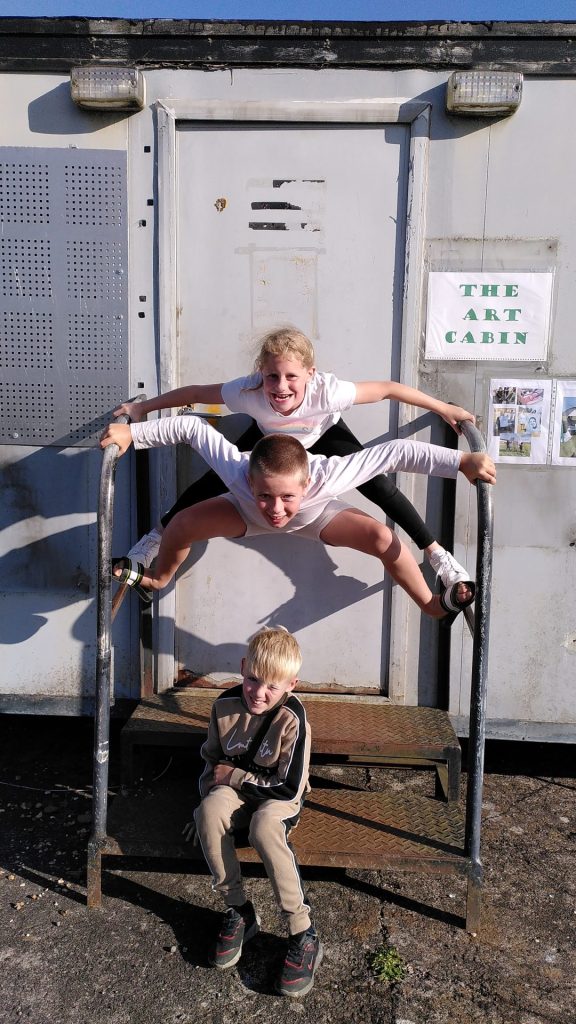
Proposed by artists Alice Francis and Rosie Giblin, the Art Cabin is on the verge of becoming a reality. The project began back in 2021 during the initial phase of the What We Do Now project. Nestled in Dunlop Road, it will serve as a communal space for collective creativity. Above all, the word that epitomises the Art Cabin is “persistence.”
Persistence in the belief that it is the right thing to do. In chasing that one guy who does that one thing. Persistence in getting that one thing done so the other seven hundred things move to get the cabin open.
The Stove’s Operations Director, Graham Rooney, led the charge, and made it happen. The Art Cabin will be launching later in the year thanks to Creative Scotland funding. Achieved in part by the remarkable Morgan Love, a Creative Spaces alumni and LIFT team member.
Doughlicious
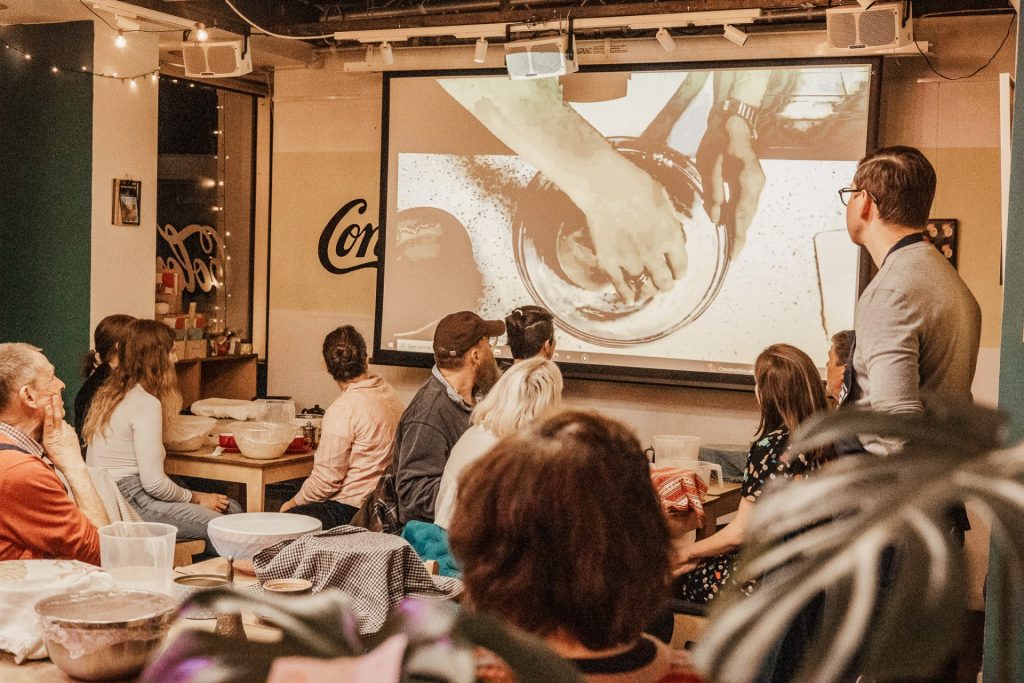
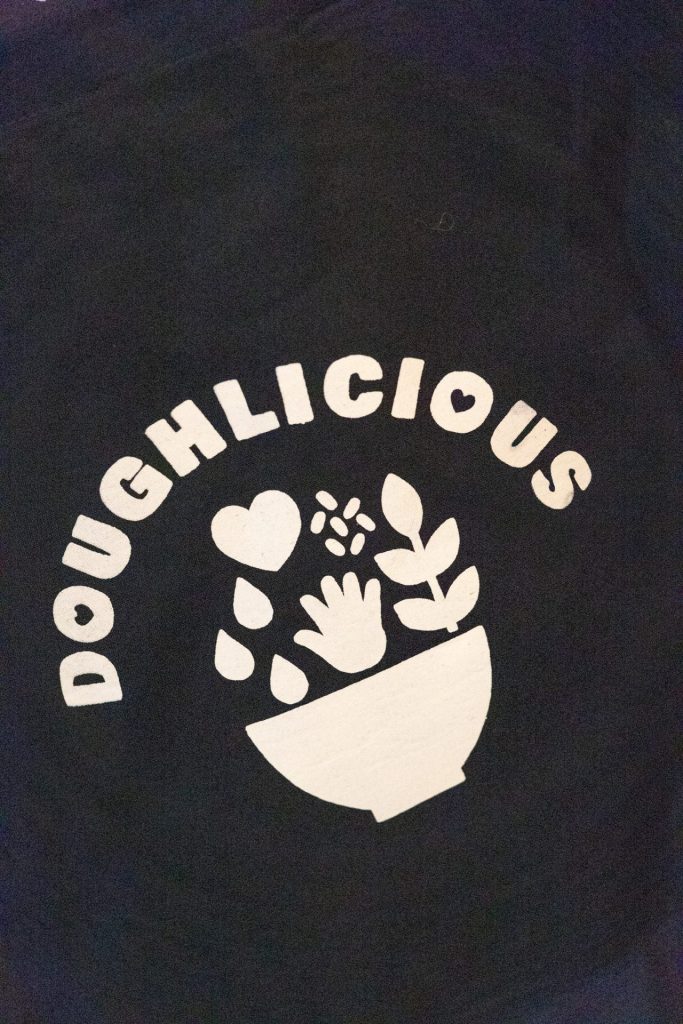
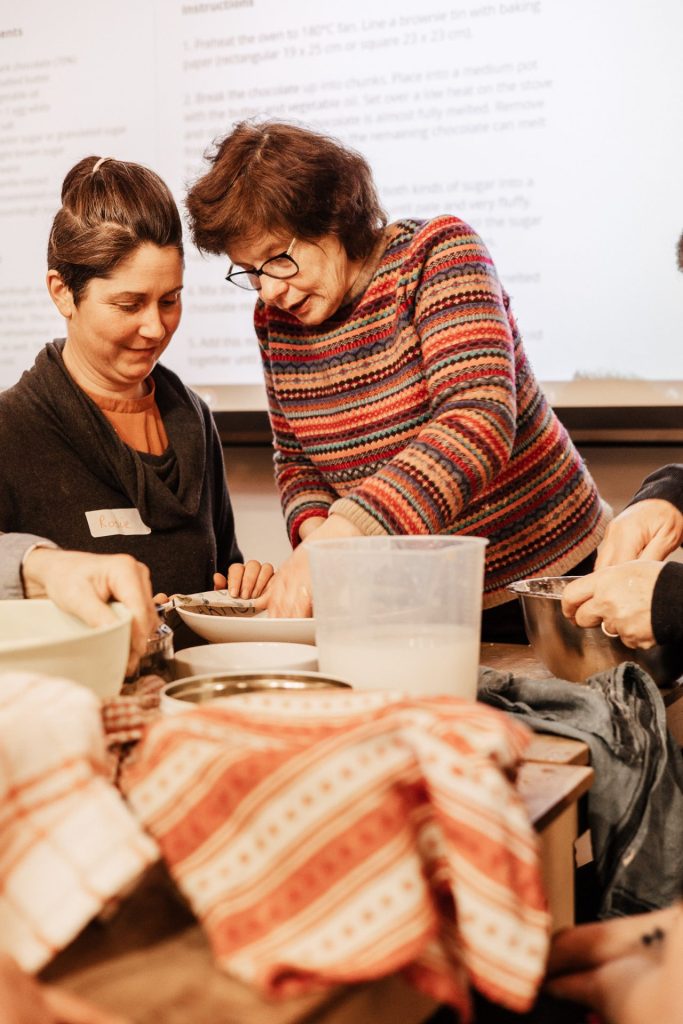
D’ough!
Liz, a retired Macmillan nurse turned community pioneer, has spearheaded Doughlicious for several years. She has fostered a sense of camaraderie through the shared joy of making delicious sourdough together.
Her dedication extends to Summerhill. Liz volunteers her time to offer free, locally sourced, organic, homemade sourdough bread to those in need. She has successfully united the community in promoting homegrown, locally made, healthy alternatives to store-bought bread.
She is a truly remarkable individual who inspires us all every day.
Maya Rose Edwards: ‘Harbour’ Stranraer
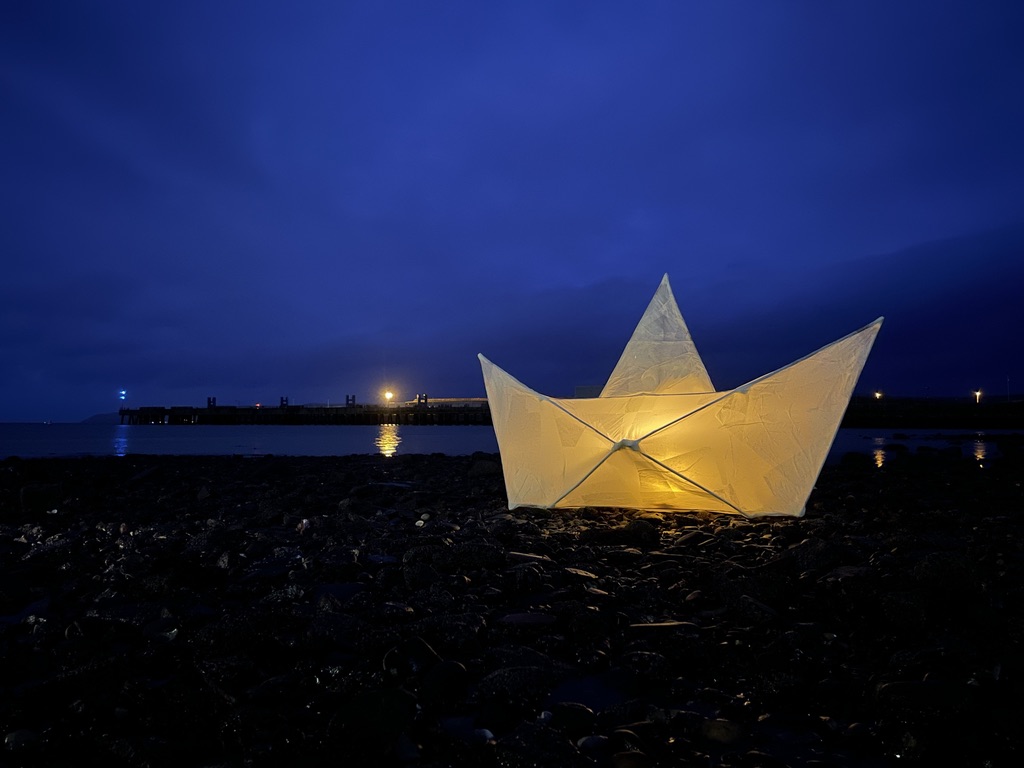
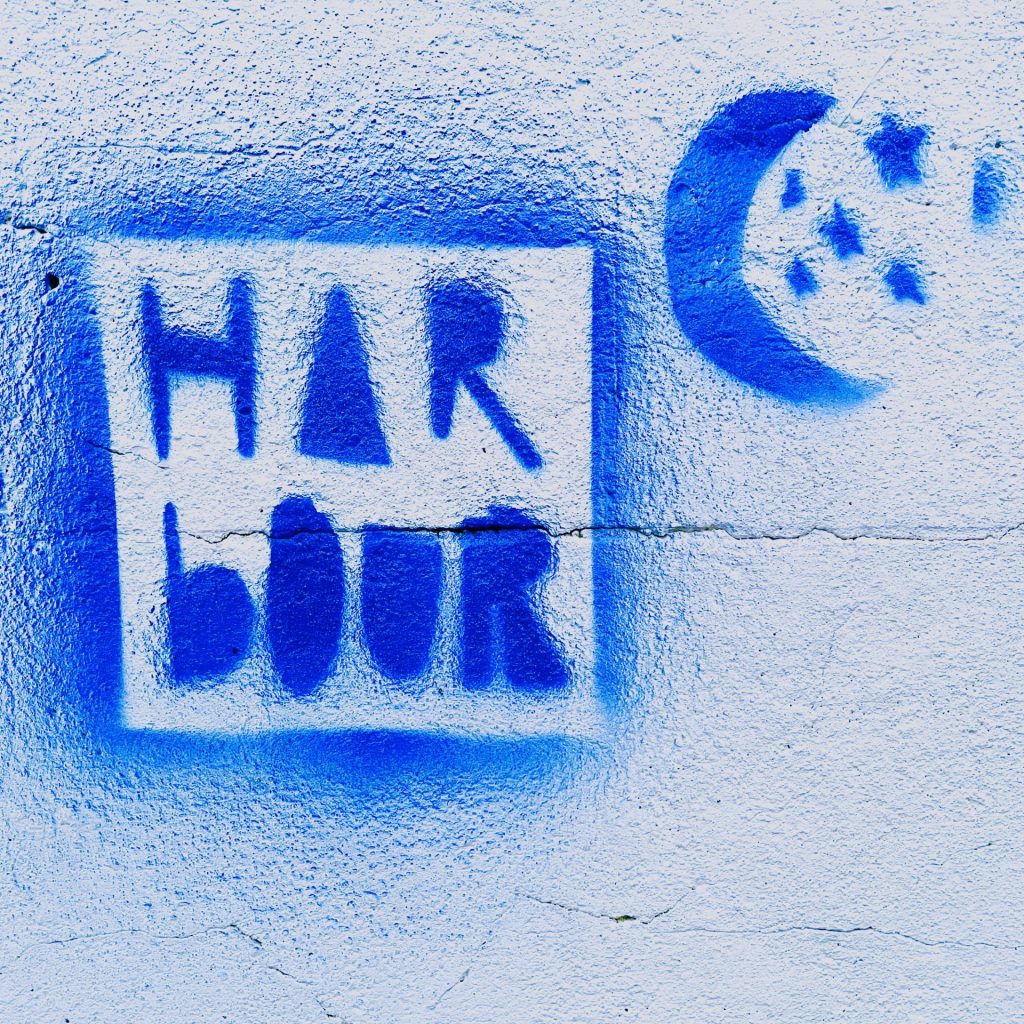
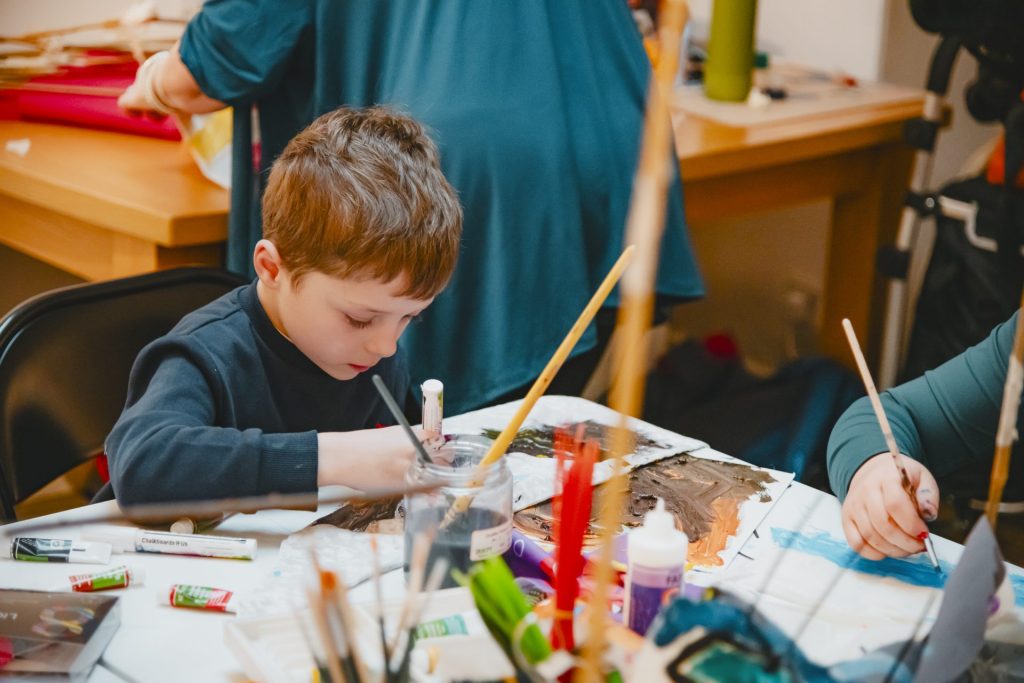
Rarely does an artist, especially one so young, embody the principles of socially engaged and community arts as effectively as Maya Rose Edwards.
Throughout their tenure as the Creative Stranraer Waterfront Project artist, Maya’s project ‘Harbour’ has forged connections with the townsfolk in a manner that even the most outgoing individuals would find challenging.
Referring to their process as “making friends” rather than retreating into solitary research and introspection, as many artists do, speaks volumes about Maya’s ethos, which firmly believes in the transformative power of community engagement.
In Stranraer, Maya’s mission has been to foster dialogue, connection, and a shared vision for the town’s waterfront, rooted in its heritage and future aspirations. The culmination of this endeavour was a community festival, ‘Raise The Sails’, that celebrated possibility and imagination, marked by the symbolic act of “raising the sails” for a rejuvenated Stranraer.
Summerhill Community Centre: Anne Marie
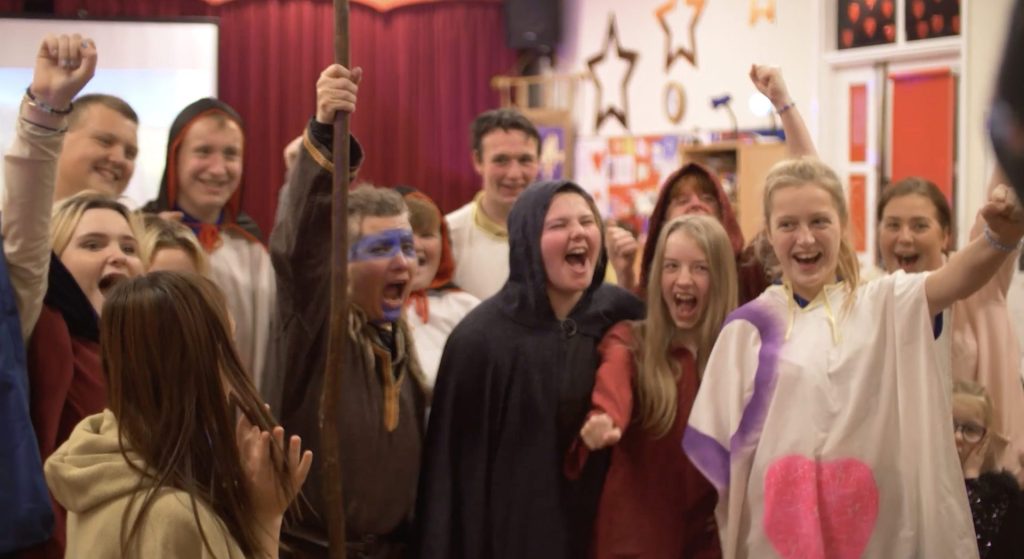
If you’ve not heard of Anne Marie then where have you been?! I’ve only had the pleasure of working with Anne Marie recently through our Creative Caerlaverock project. The project worked with the young team at Summerhill to engagee, promote creativity and excitement about the history and future of Caerlaverock Castle as a site of historical significance and burgeoning creative potential. If you haven’t yet seen the ‘Siege of Summerhill’ and the accompanying documentary capturing the work led by Stovie Sal Cuddihy then check it out, if nothing else, it’s a good laugh.
In even a short visit, it’s evident Anne Marie has managed to nurture a caring, supportive and connected space that I feel every community deserves. Or rather, if every community or neighbourhood had an Anne Marie, the future would be good in good hands.
Off The Margin
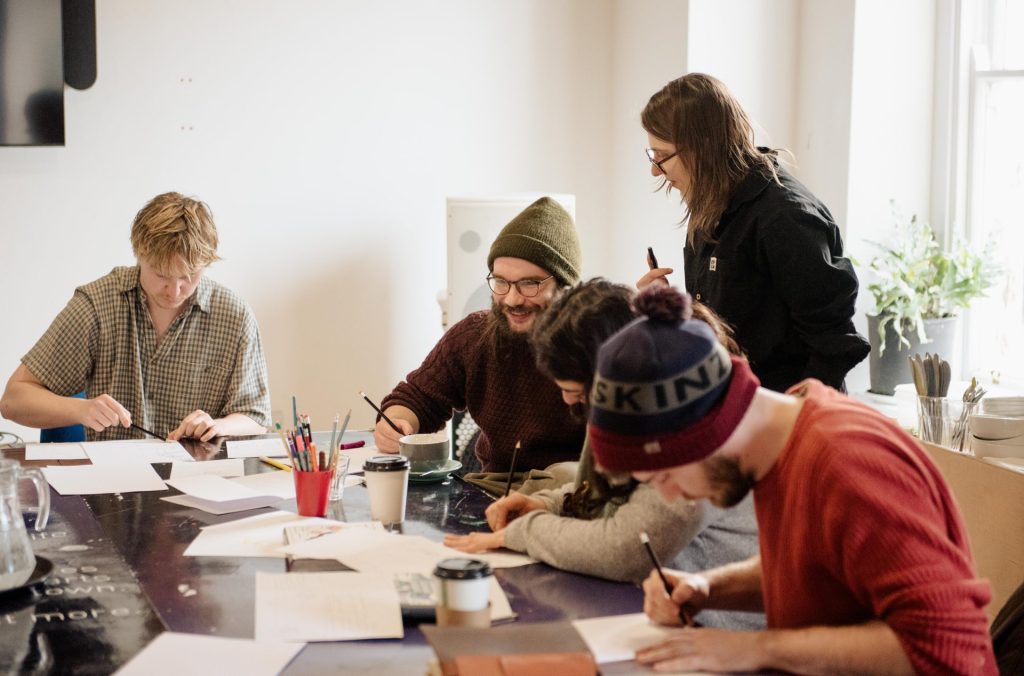
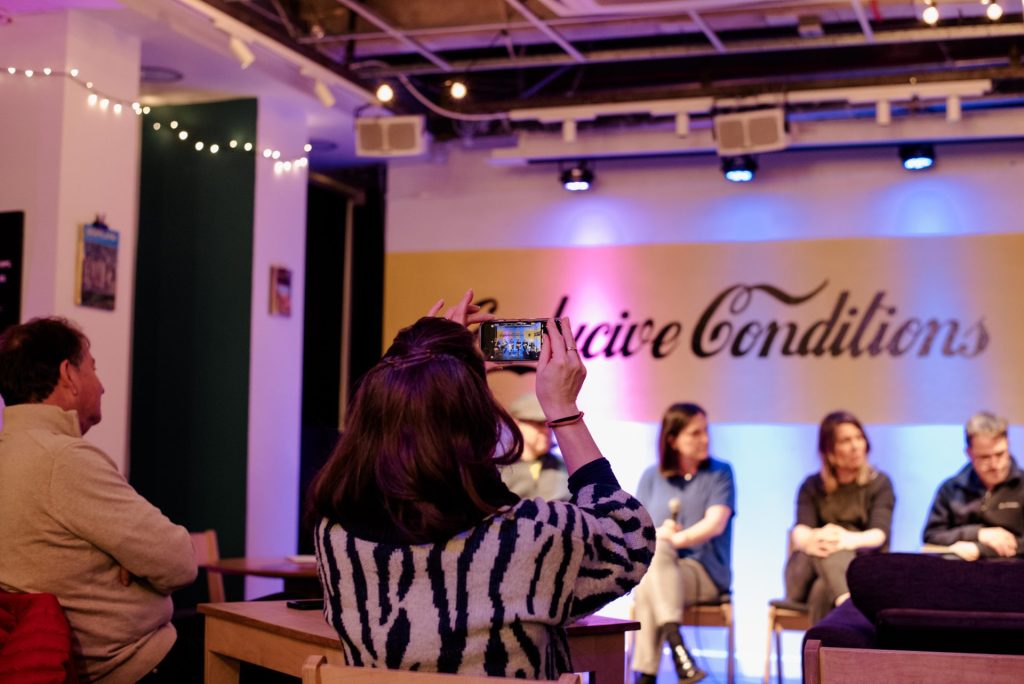
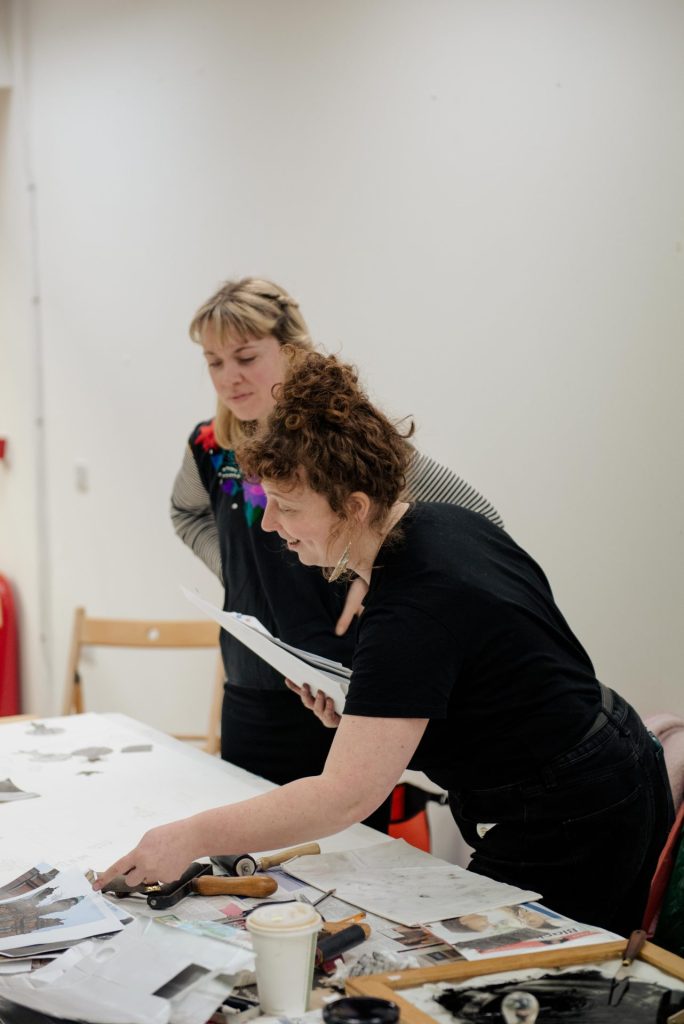
One of our most recent projects was a deep-dive into the world of grassroots press and radical print. Over the weekend we were joined by journalists, print-makers and artists both local and national – engaging the town in conversations and workshops from investigative journalism with Karin Goodwin of The Ferret to podcasting, print-making and comic books.
What felt remarkably clear was the appetite and desire for Dumfries to re-connect with its vibrant printing heritage and sewed the seeds for exciting future projects in community news and print-based practices.
The hope here lies in the re-establishing of Dumfries as a place where opinion, expression, creativity and colour could once again return to the written and printed word – and away from the divisive and exclusionary worlds of social media. Watch this space.
Creative Spaces
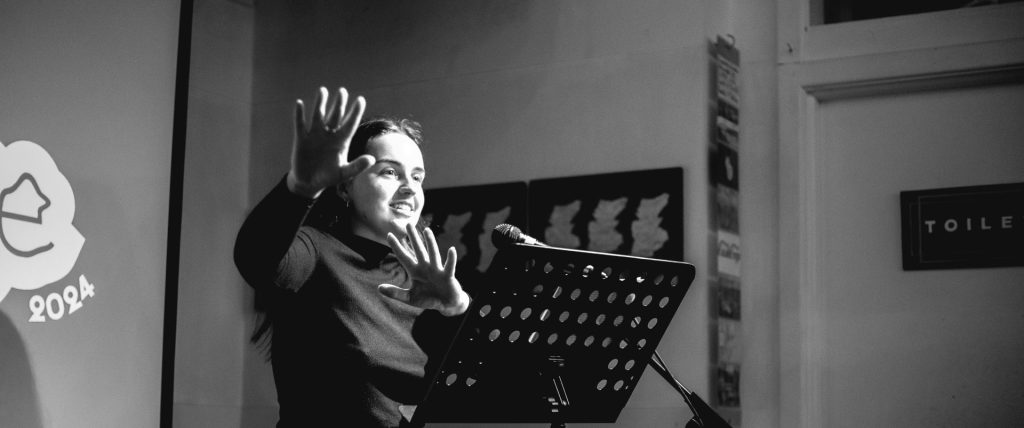
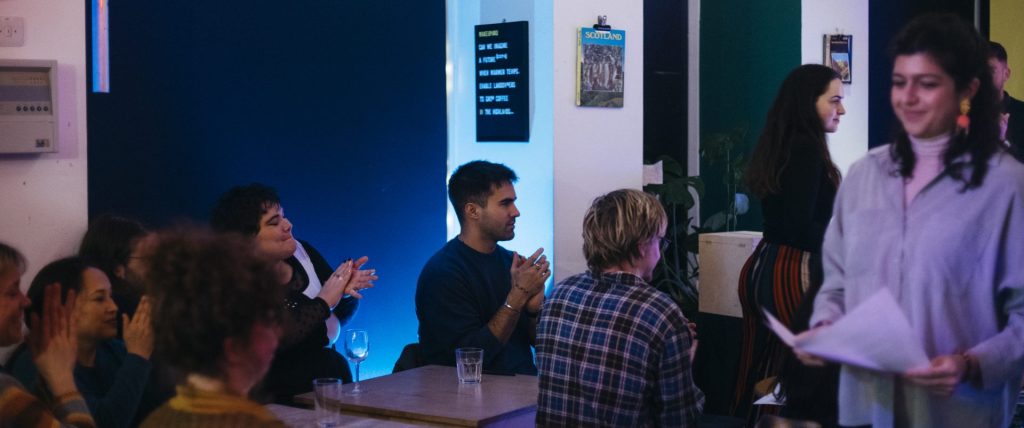
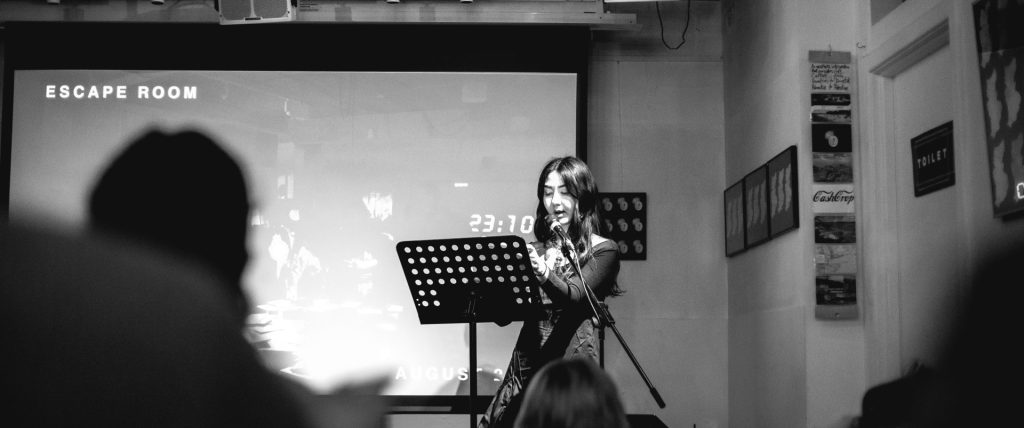
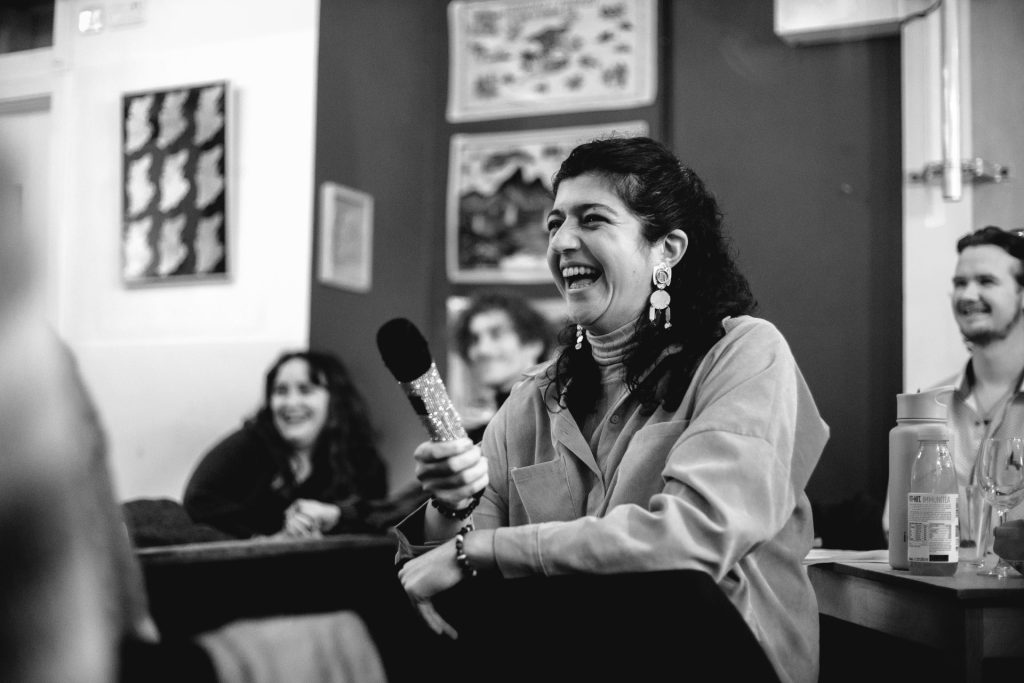
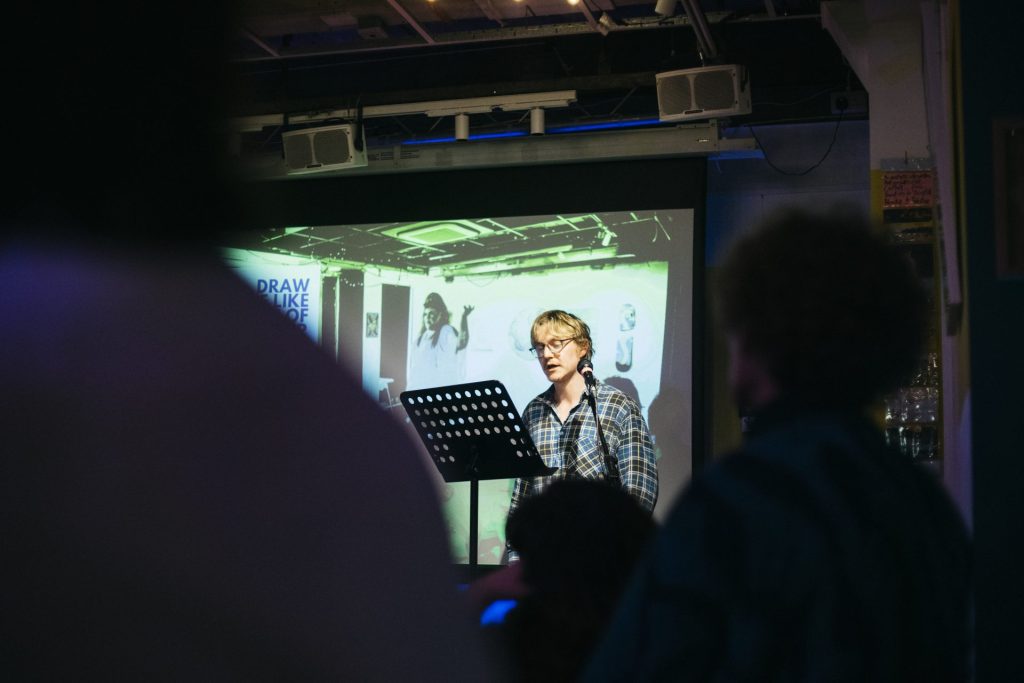
Nothing embodies the essence of a “Homegrown Mutant Hope Machine” quite like Creative Spaces, especially its recent Showcase. Featuring a diverse array of local young creatives and entrepreneurs from across D&G, it was an evening that showcased the remarkable talent and potential of the region’s future leaders.
This initiative, nurtured by The Stove, has flourished over the past decade, evolving from Young Stove to Blueprint100. The work being done, led by the youth of D&G, is truly remarkable – from community projects aiding those in need to vibrant queer activism and artistry.
These young innovators ensure inclusivity in shaping the region’s future, a valuable lesson for us all. Despite the challenges and prevailing narratives of decline often associated with our aging population, these young creatives embrace a forward-thinking mindset. They are inspired by the possibilities of what lies ahead and are actively forging paths forward, even in the face of darkness.
Wild Goose Festival – the partnership
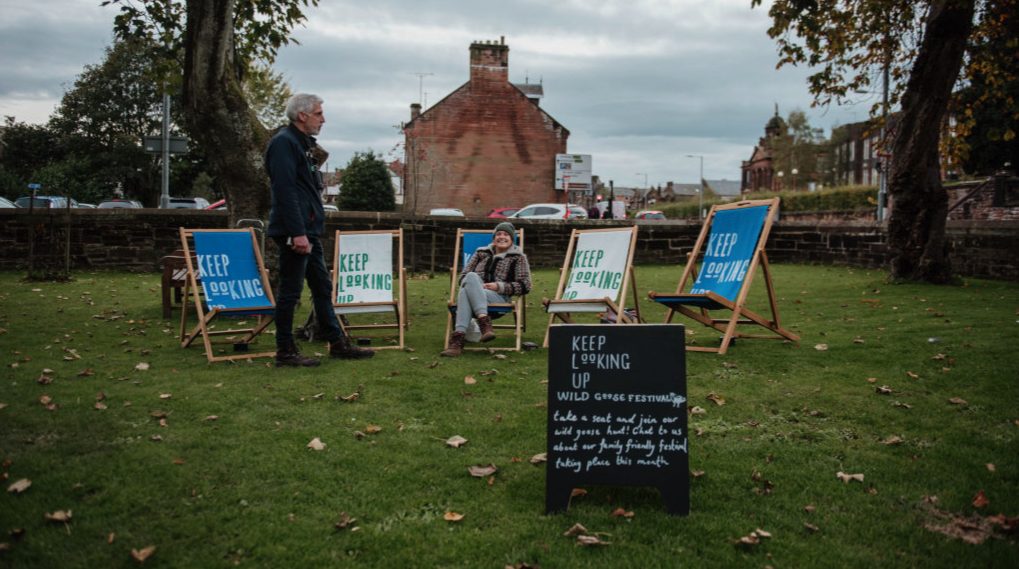
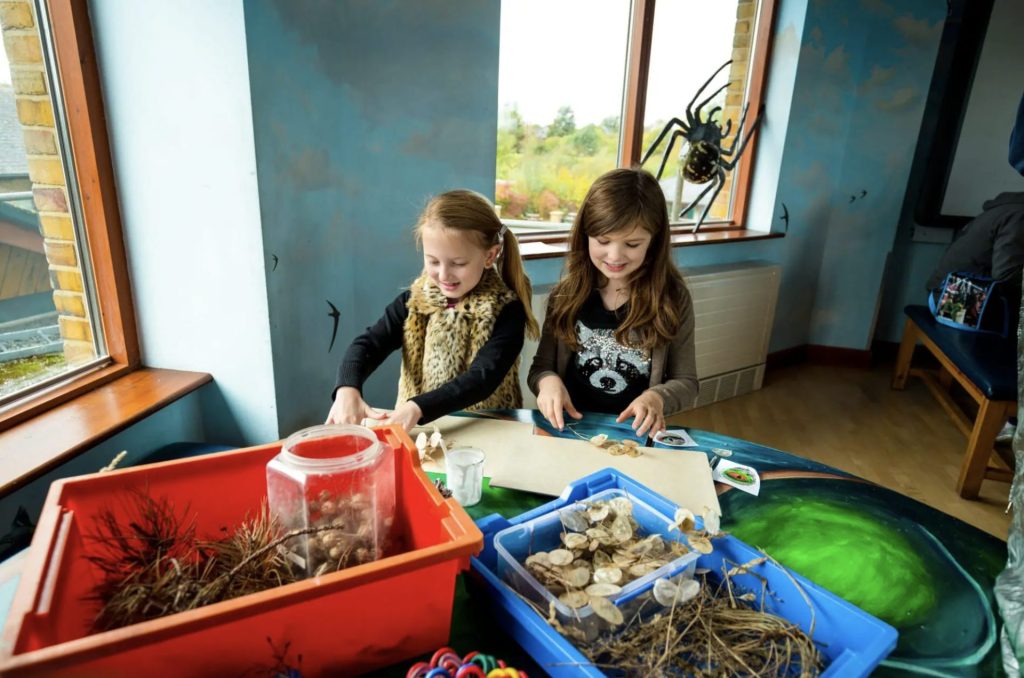
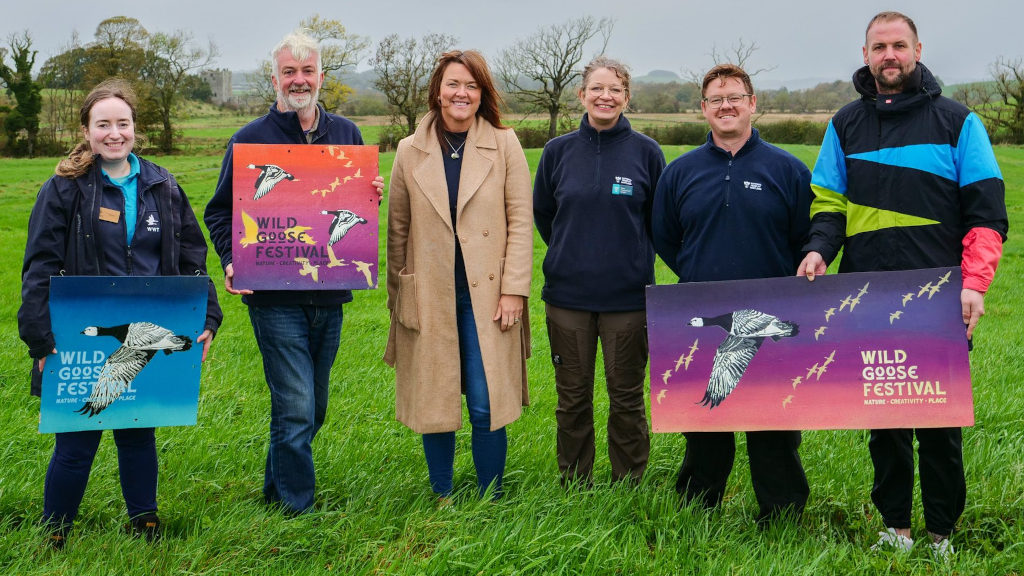
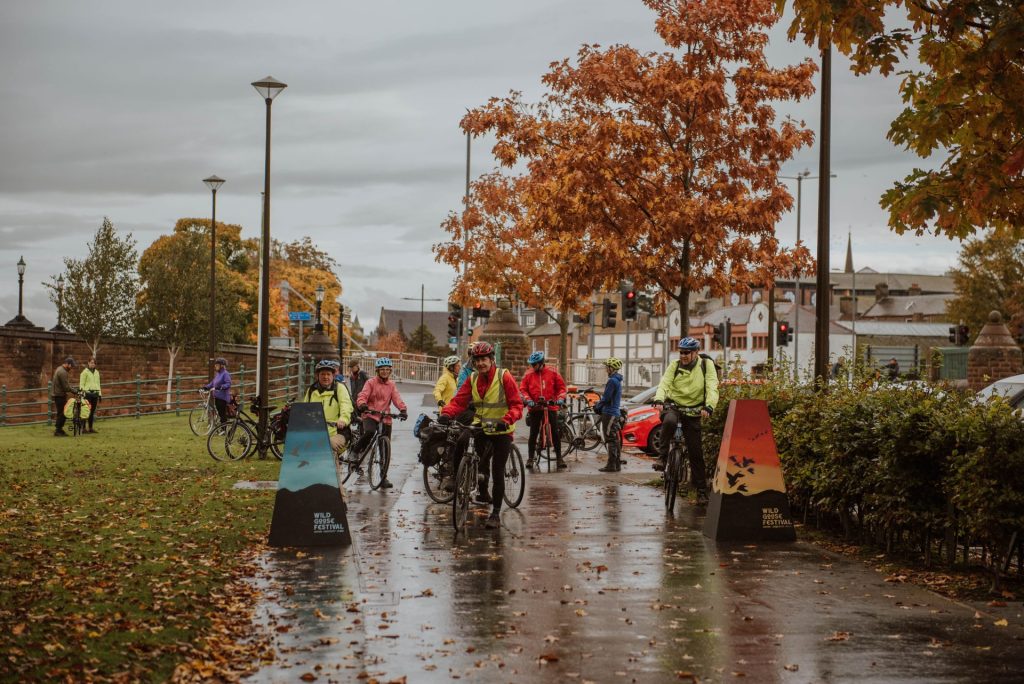
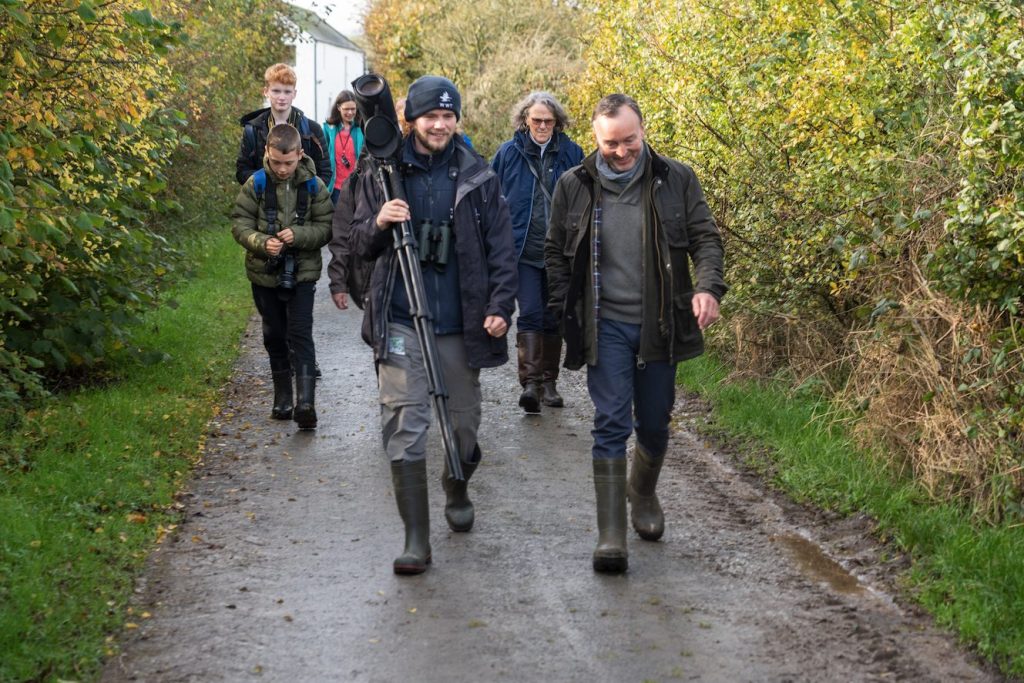
The Wild Goose Festival is not just about the event itself, but the incredible individuals and organisations behind it. Comprising 24 partners spanning the arts, nature, community, tourism, and wildlife sectors, it serves as a beacon of hope.
In Scotland, there’s often a tendency for organisations to operate in silos, focused solely on their own needs due to financial pressures, policy shifts, and societal challenges stemming from years of government disinvestment. However, the partners of the Wild Goose Festival have committed to collaboration, working together to create a sustainable and vibrant event.
By celebrating our natural ecology and redefining the traditional festival model with a forward-thinking and hopeful perspective, these partners are paving the way for a truly unique festival experience. One where creativity, nature, and community converge to address the pressing issues of our time and inspire positive change.
Oor Hoose
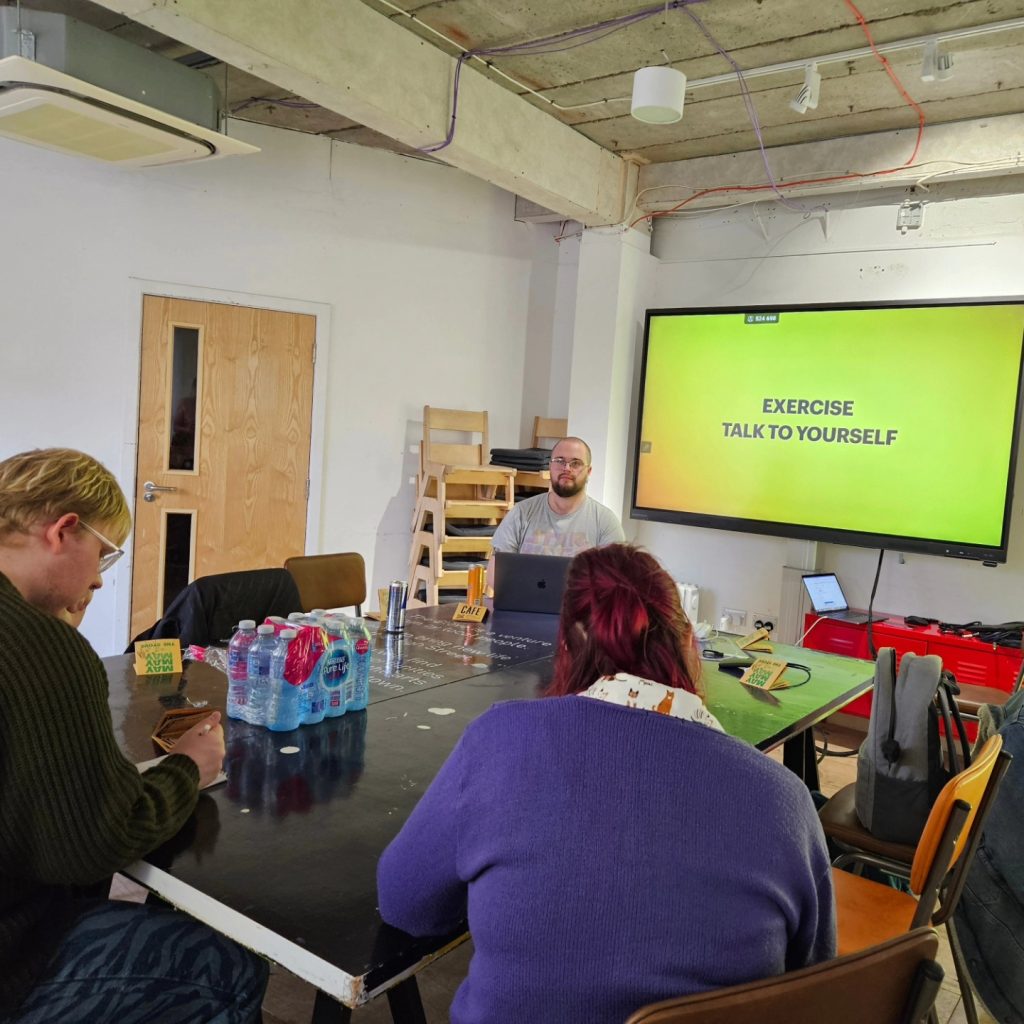
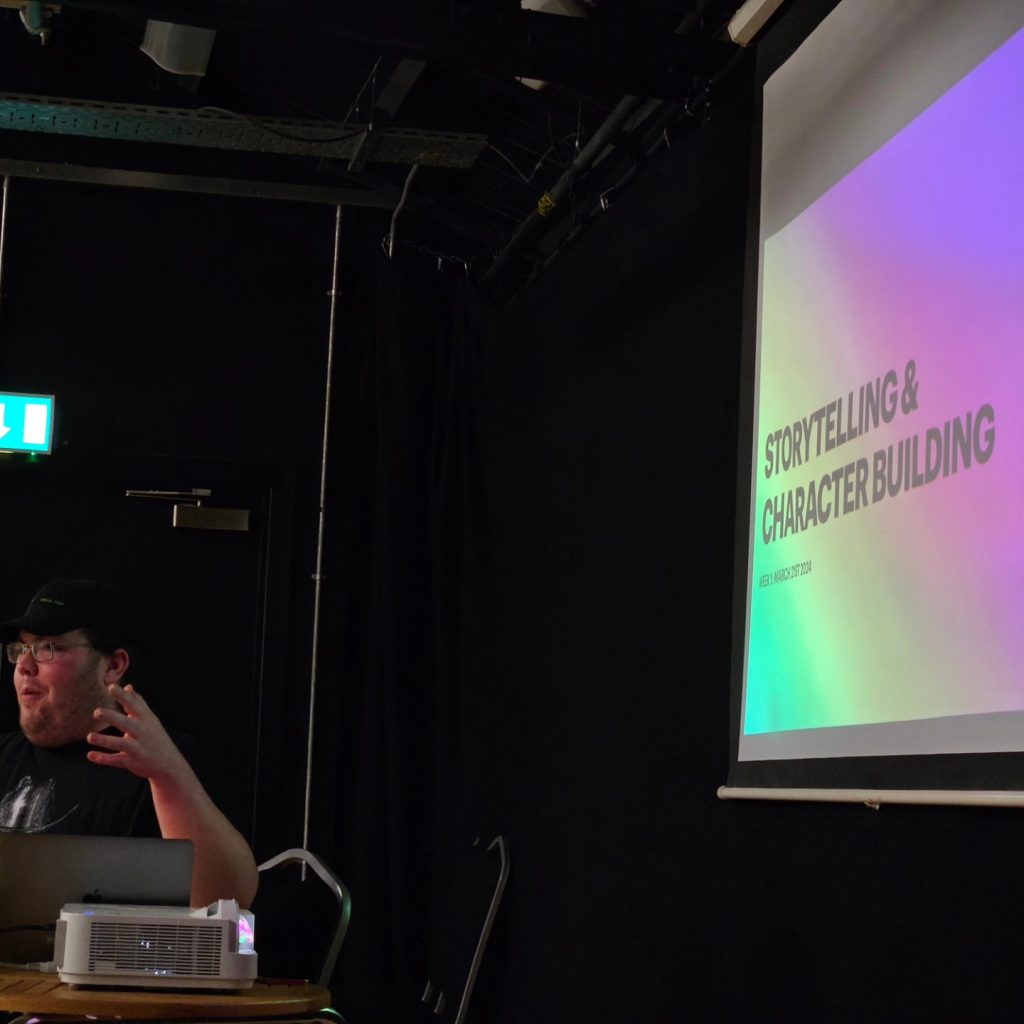

Nothing embodies the spirit of “just do it” quite like Oor Hoose. Founded by Dumfries’ own Madame Jo and Devine Tension, Oor Hoose has provided vital support to young LGBTQ+ creatives and performers, nurturing their talents and empowering them to showcase their skills in the heart of the town centre.
As a gay Doonhamer growing up in the town, if you had told me such a space was going to exist, I would have called you a fantasist. But no, it’s very much a real thing – and it’s truly amazing to see. Now established as a community interest company, Oor Hoose has secured funding from the Hollywood Trust to offer workshops and experiences for young queer artists in D&G. With a Showcase scheduled for May at the Stove Cafe, I’m eager to witness the incredible talents of this remarkable crew.

